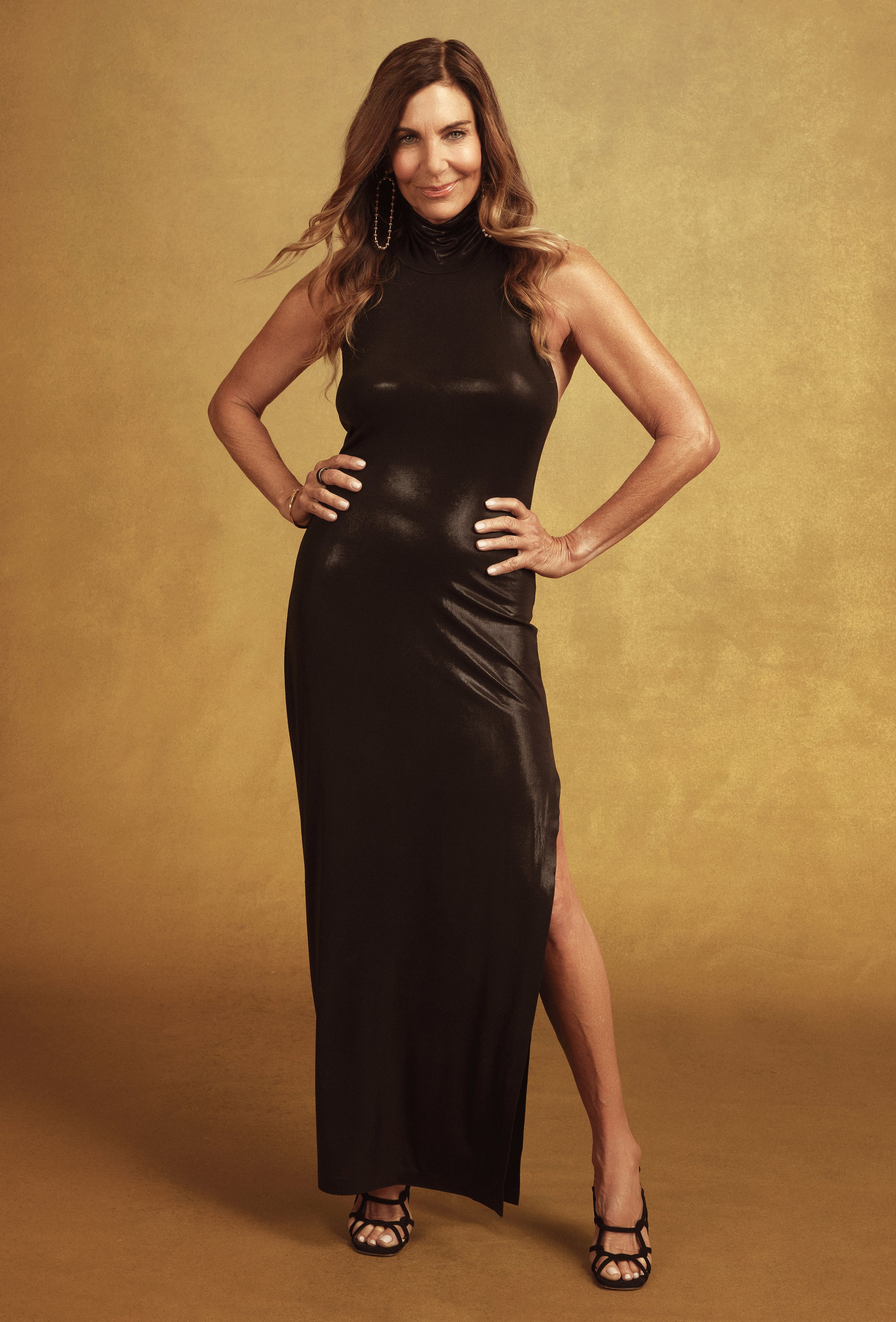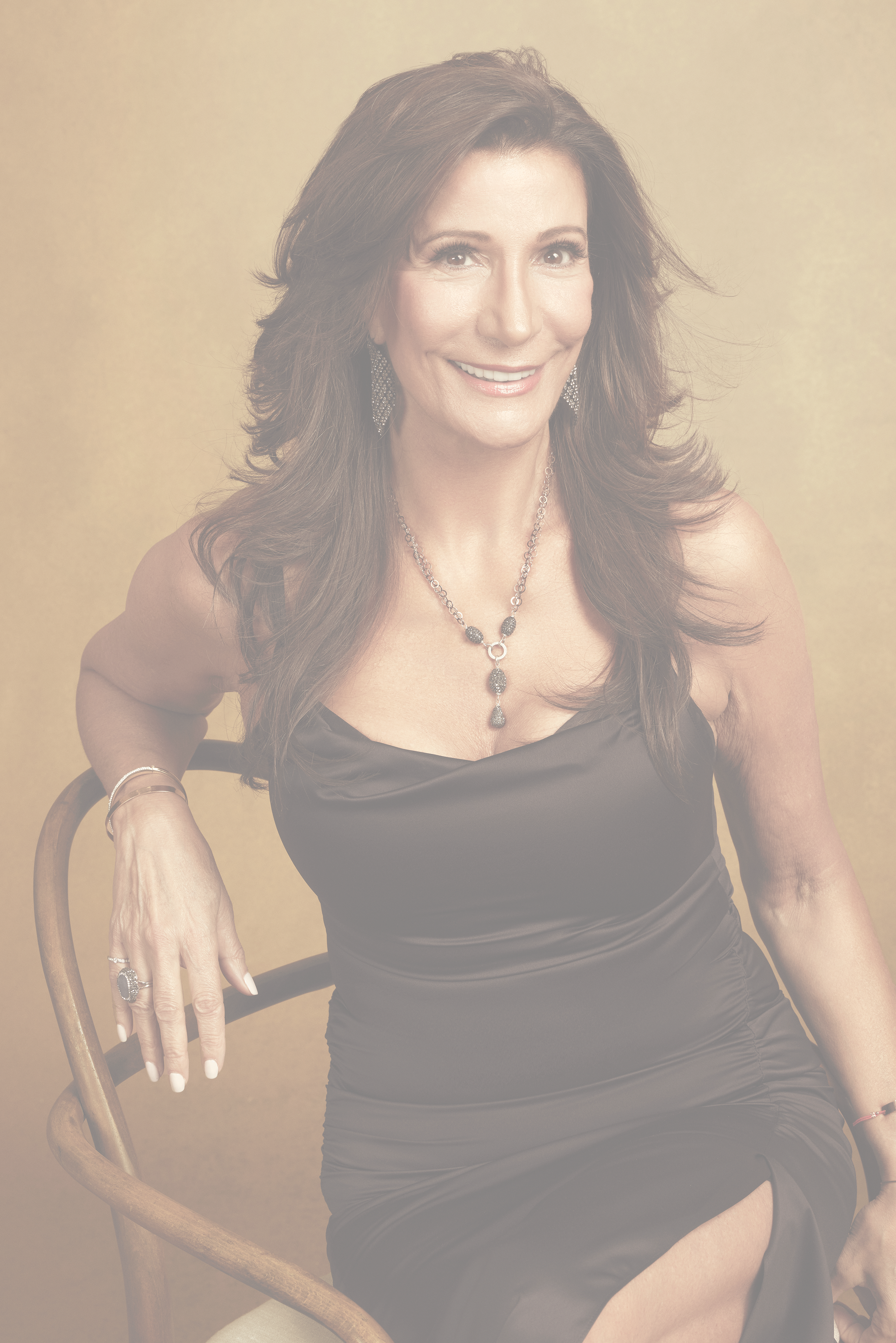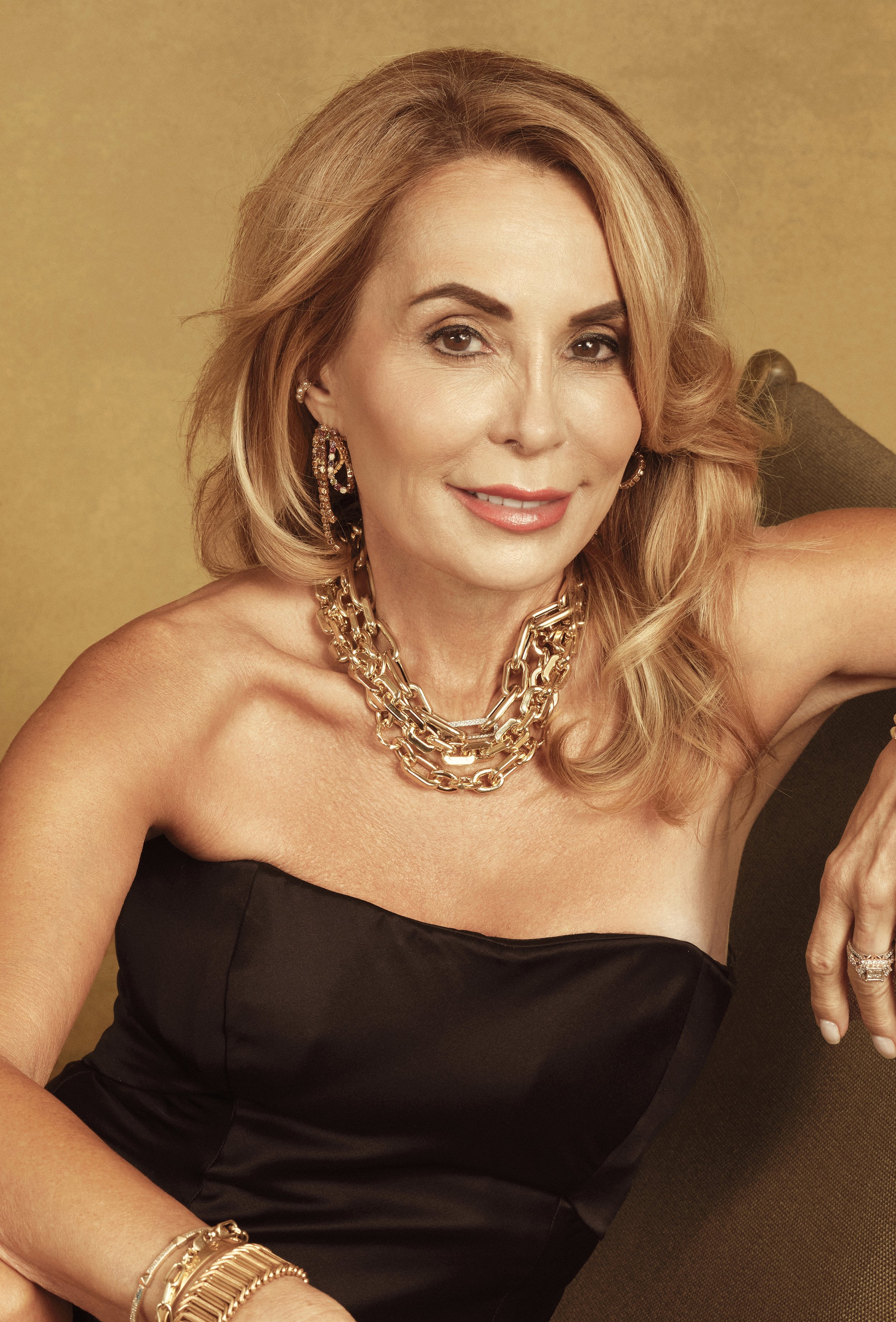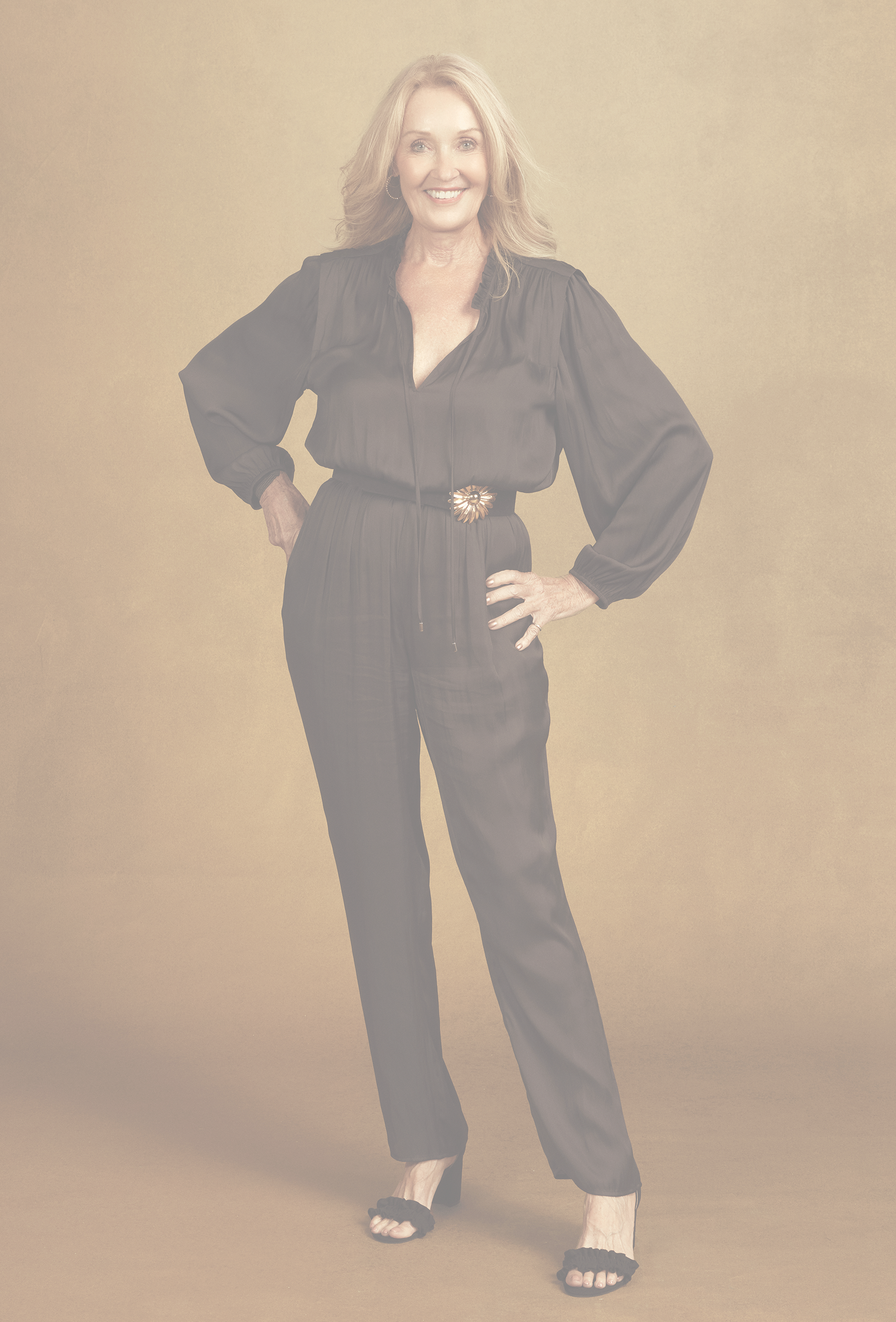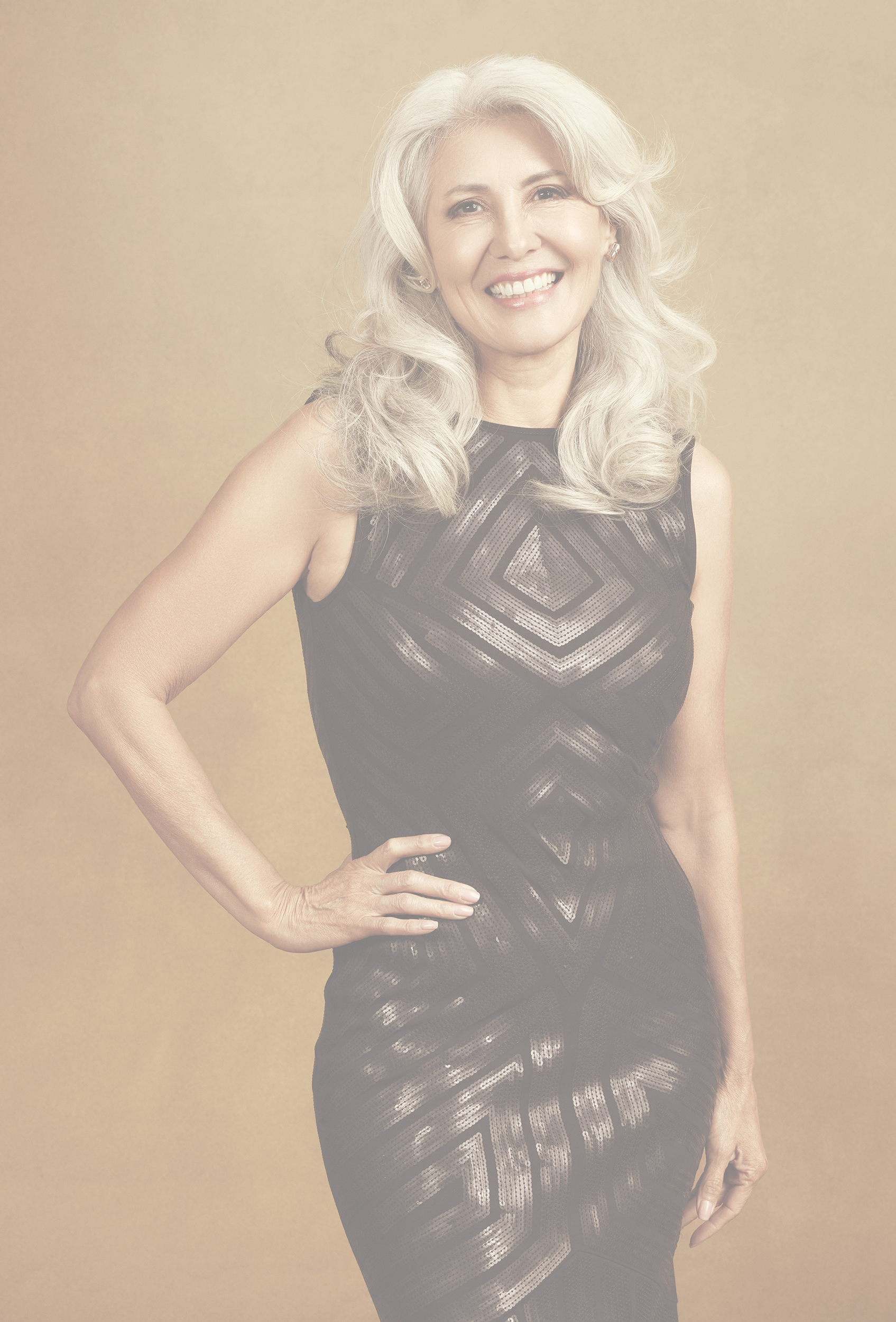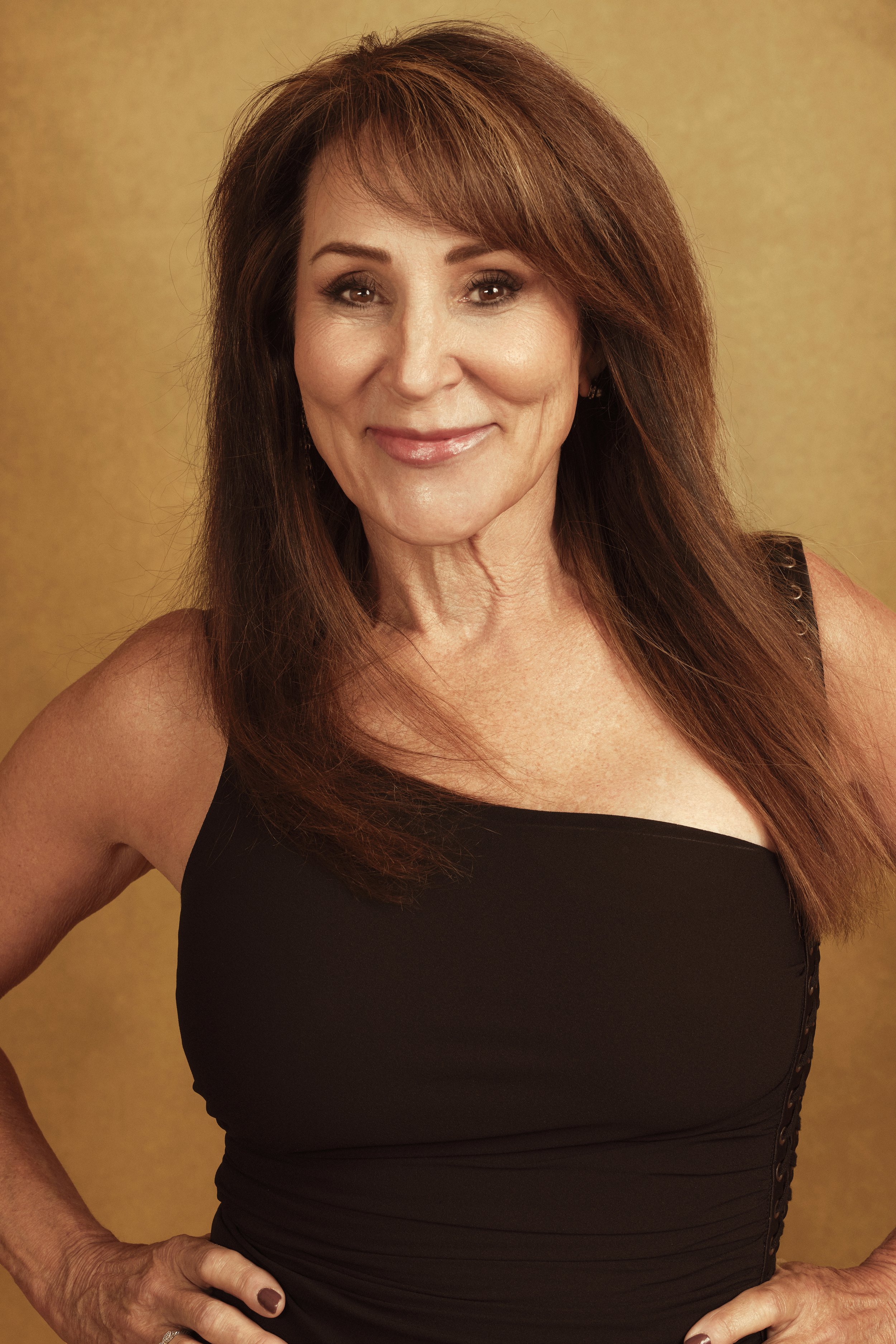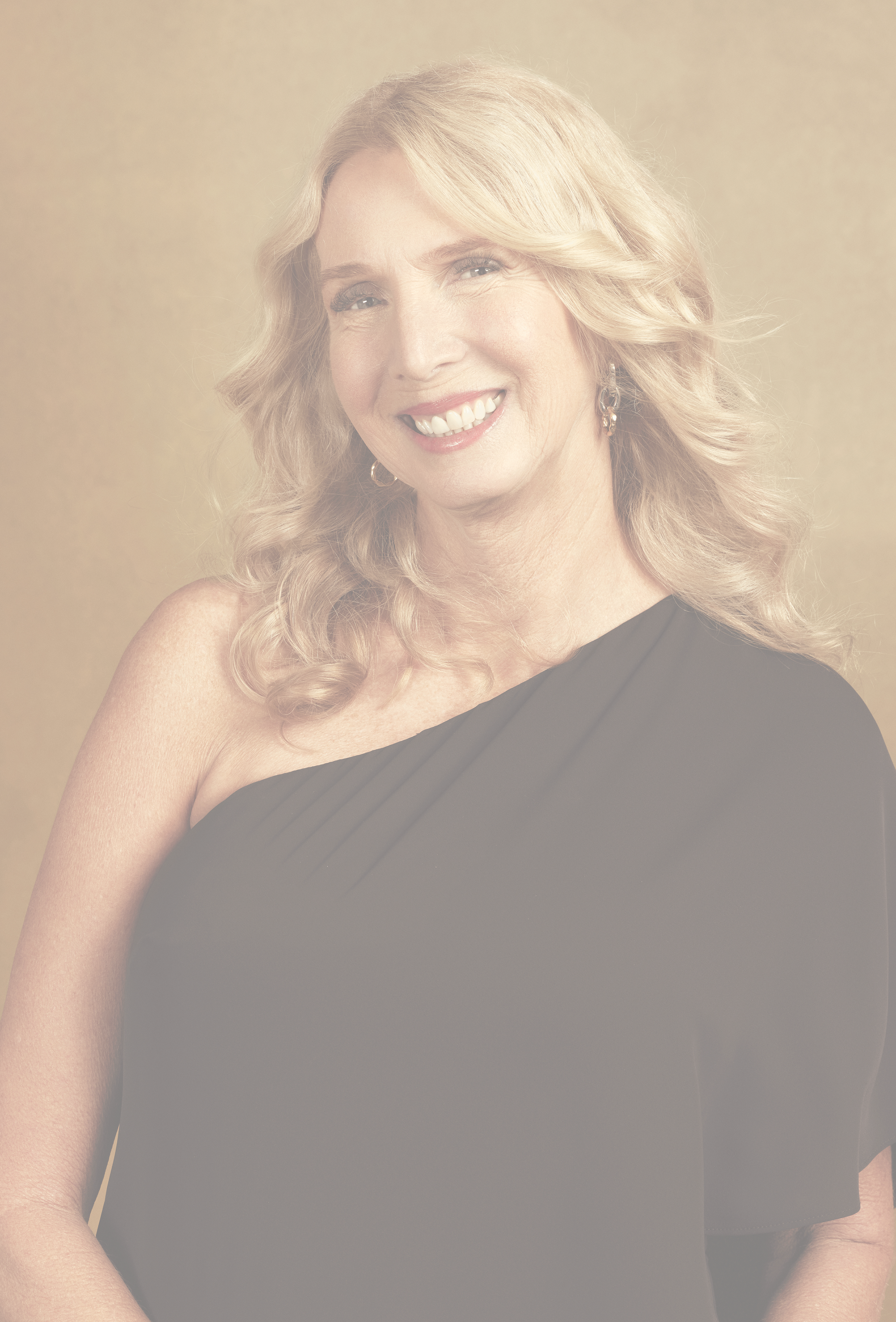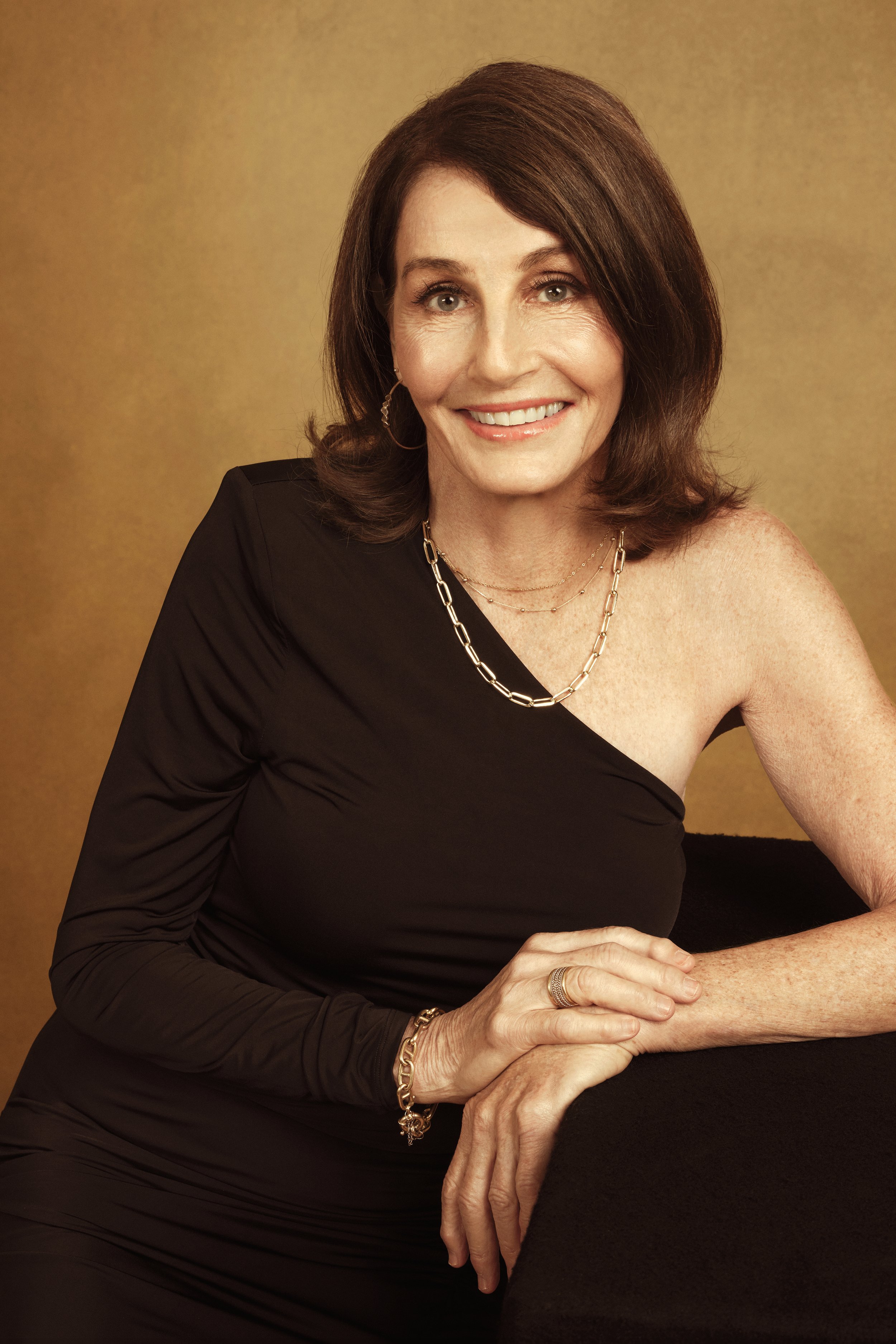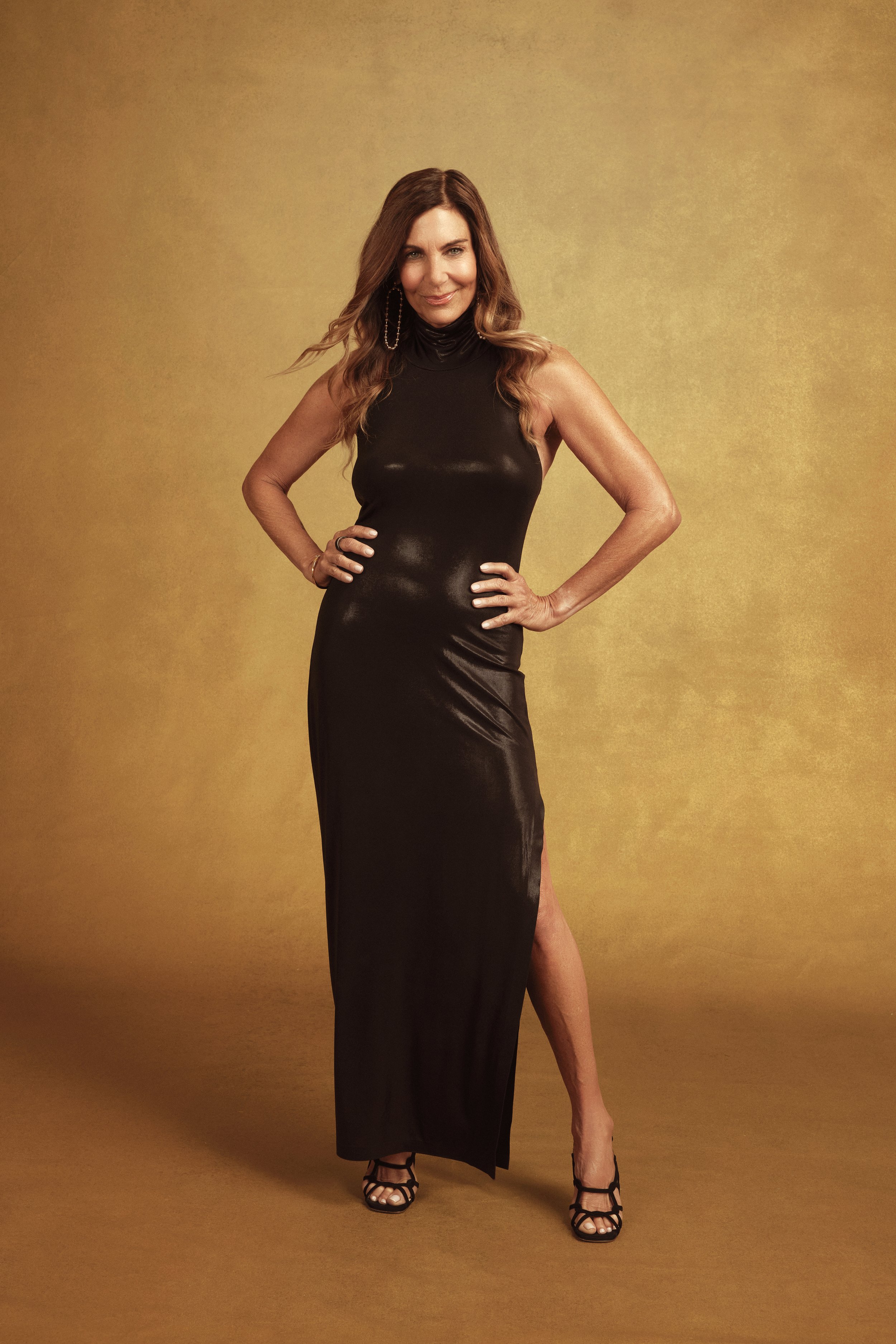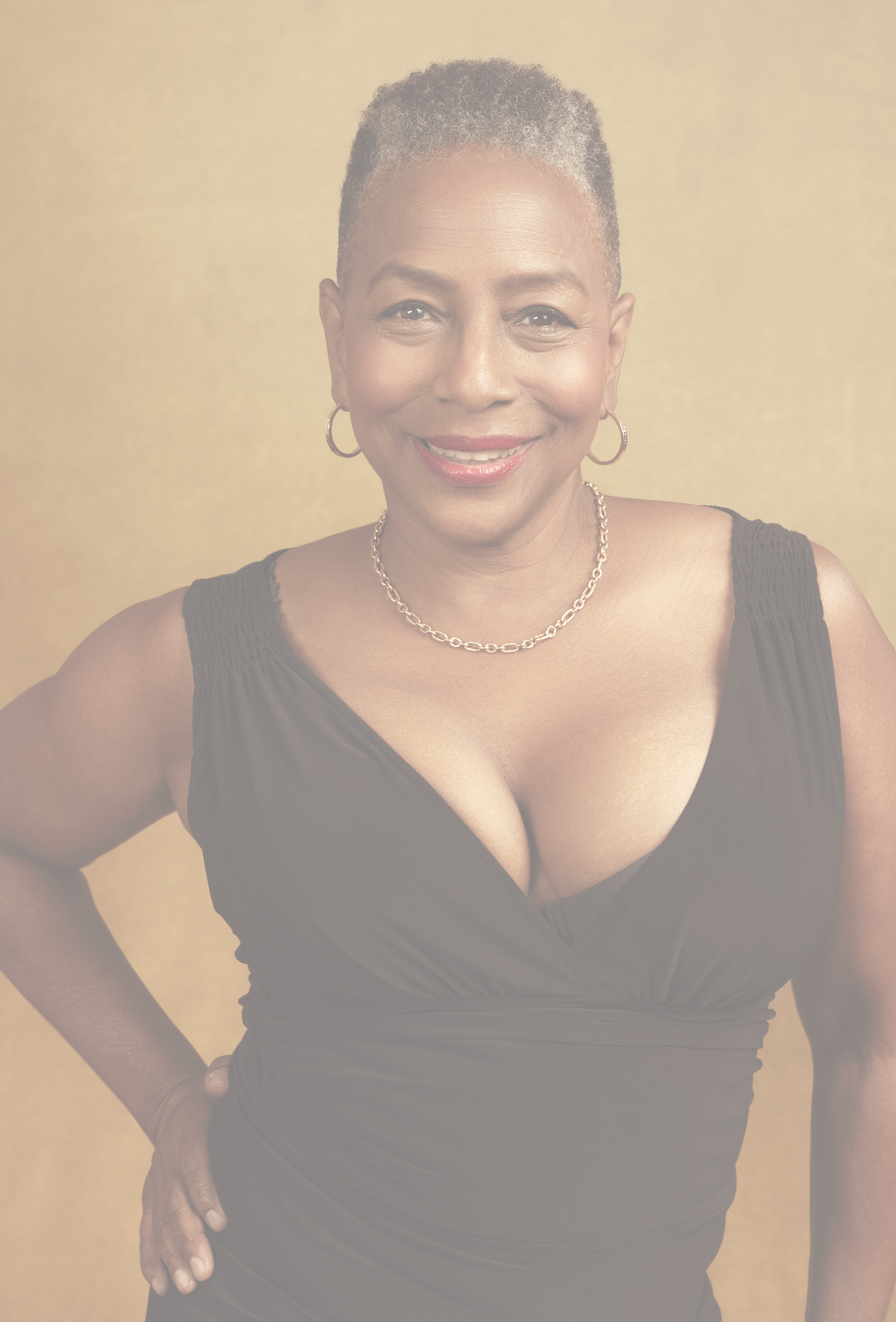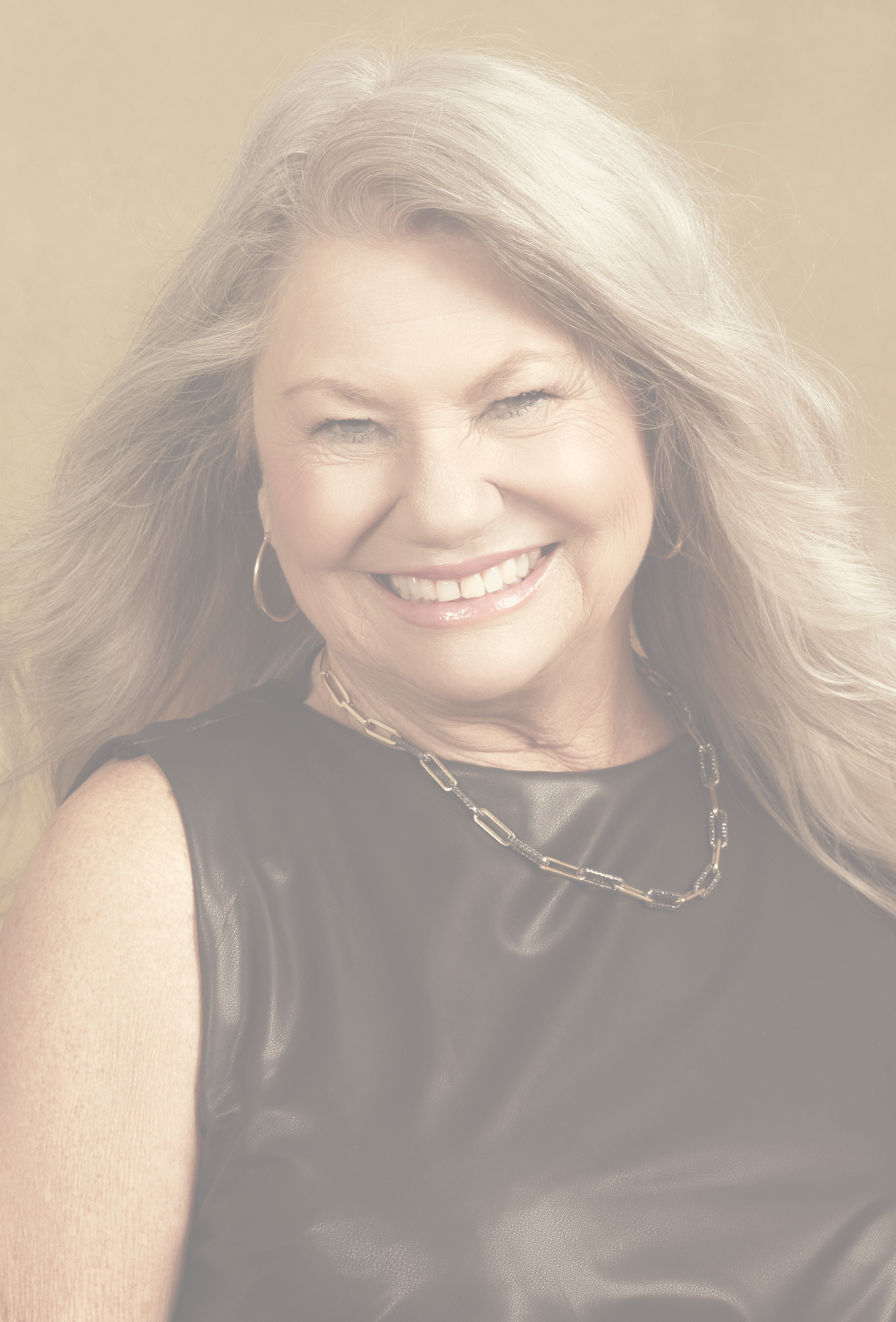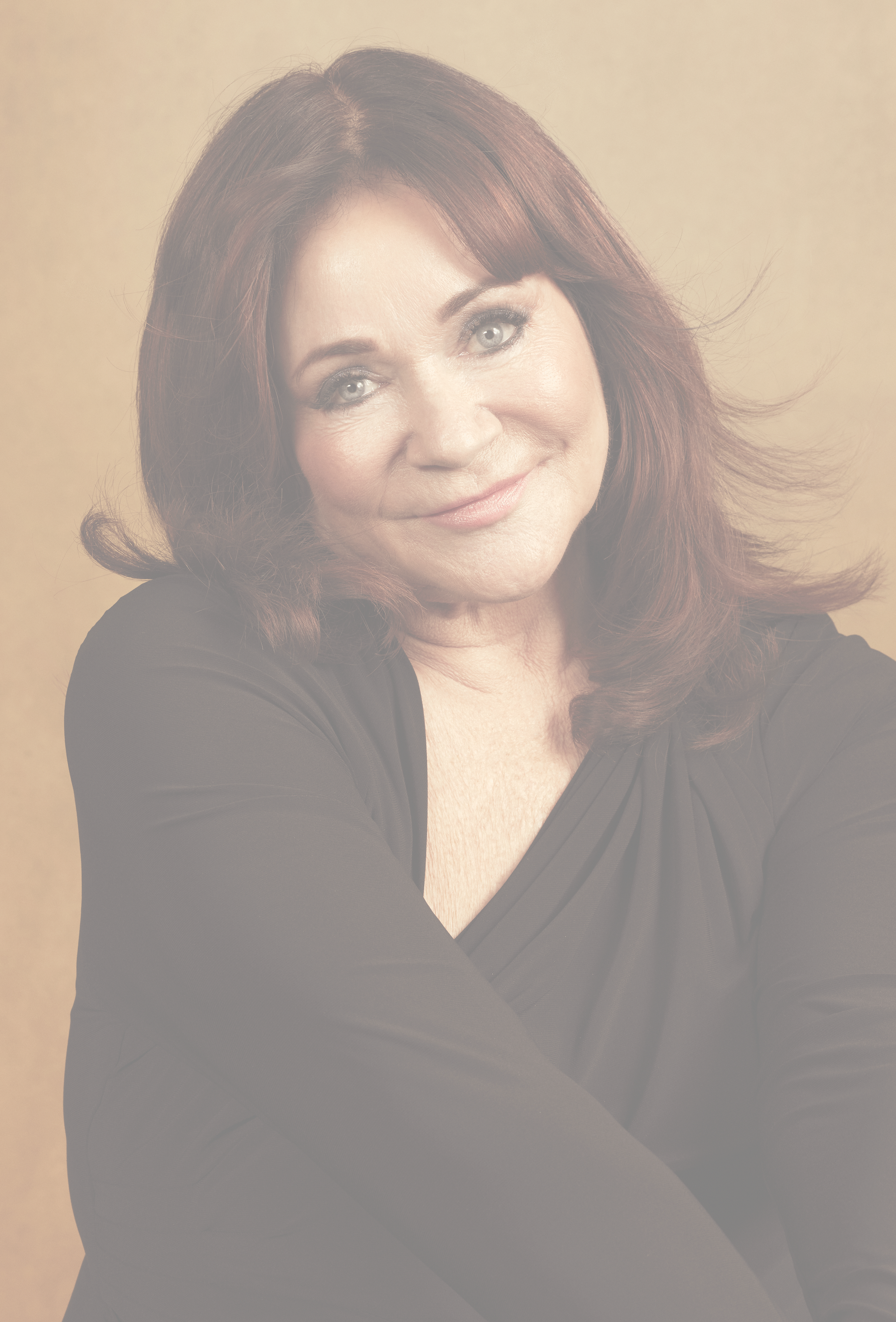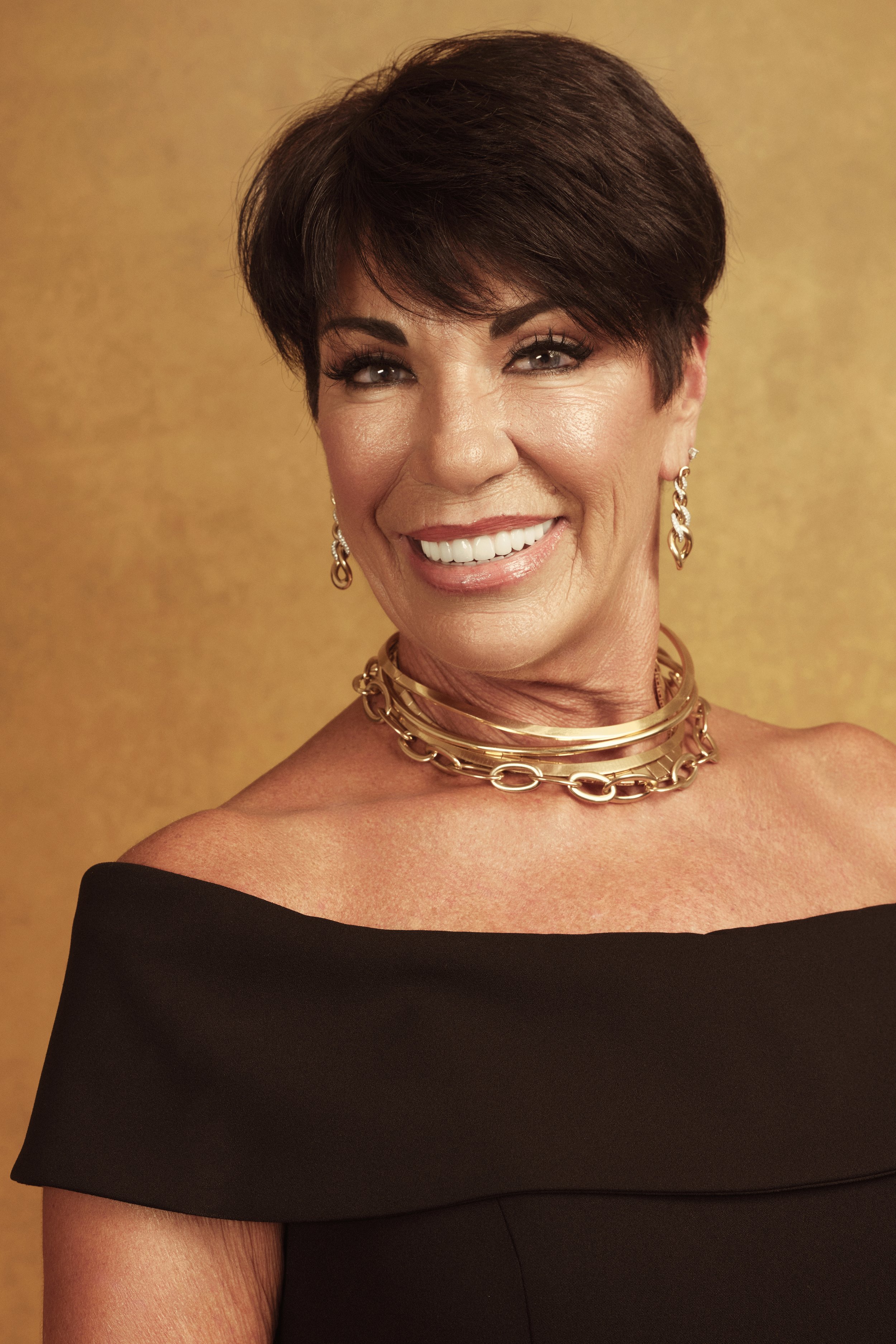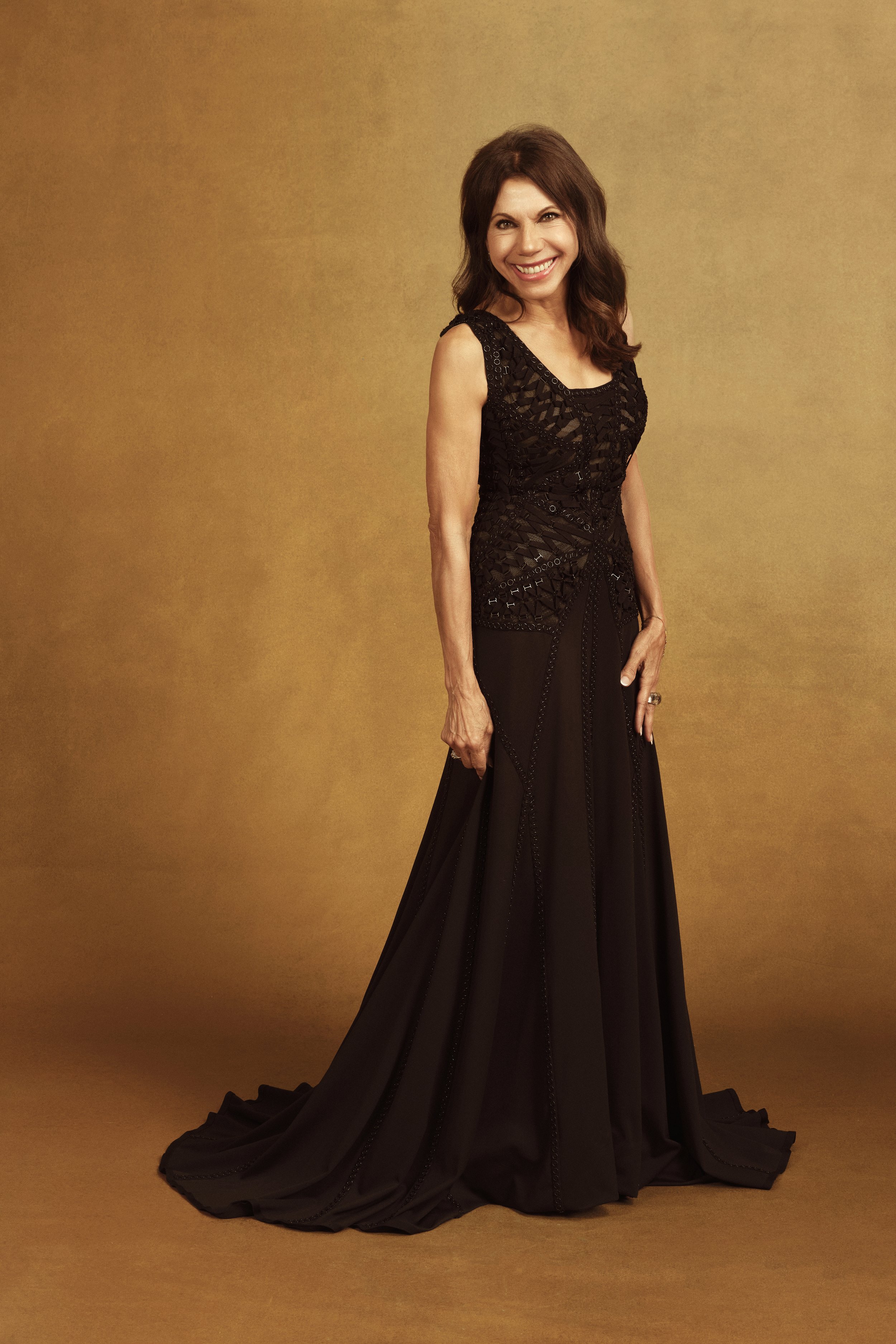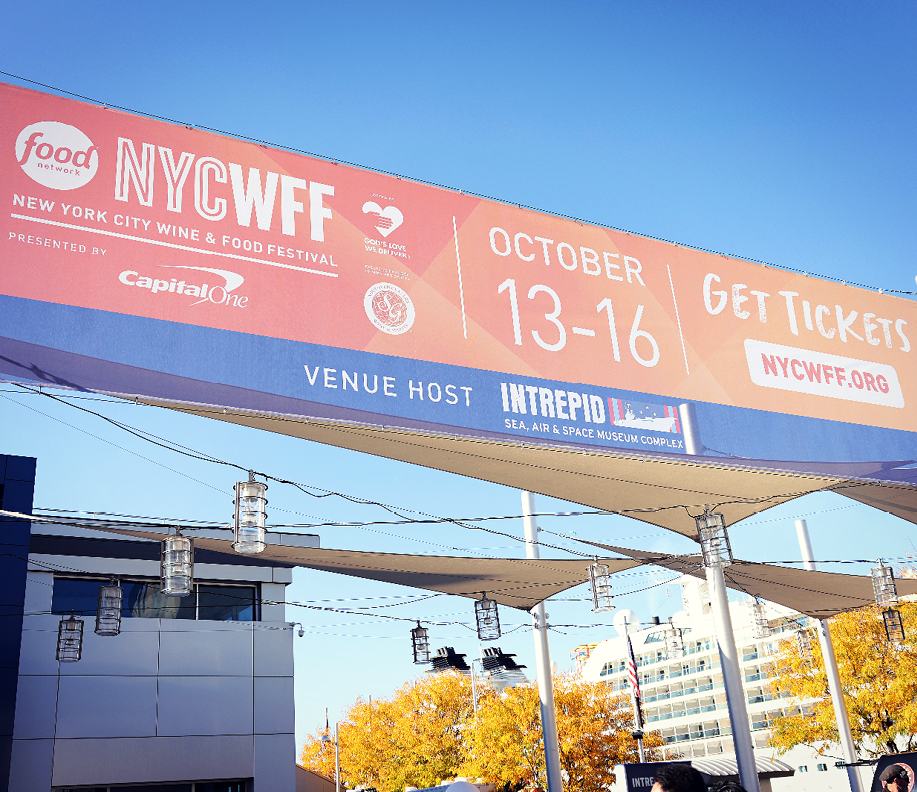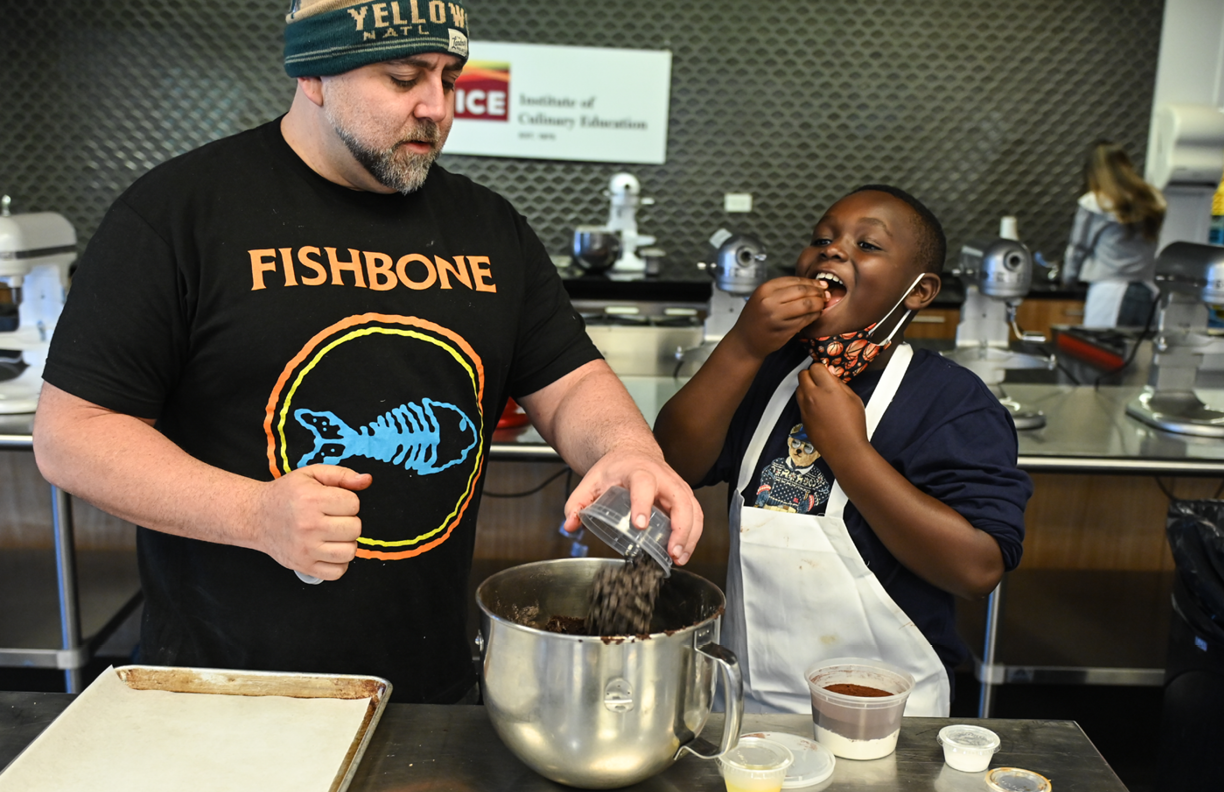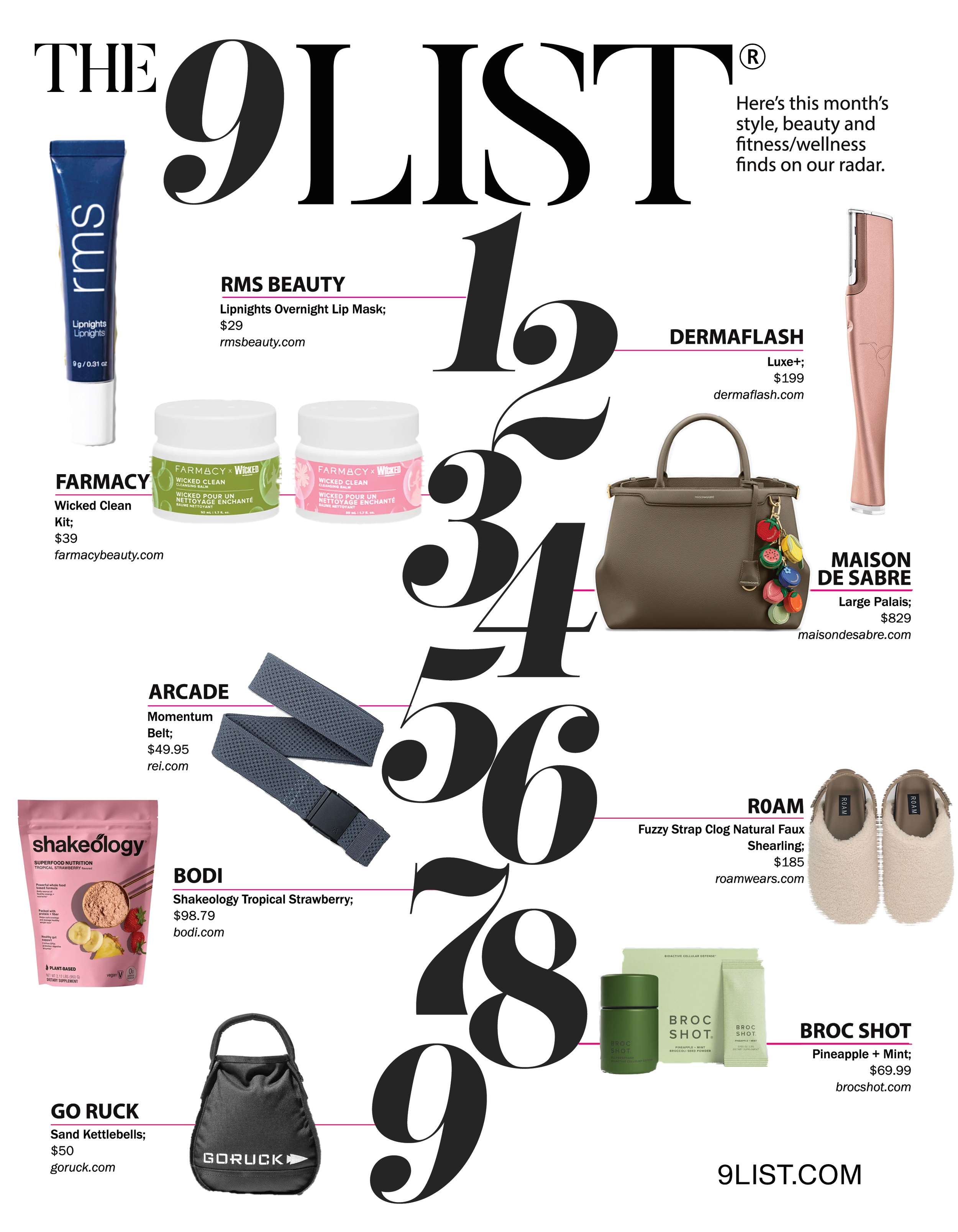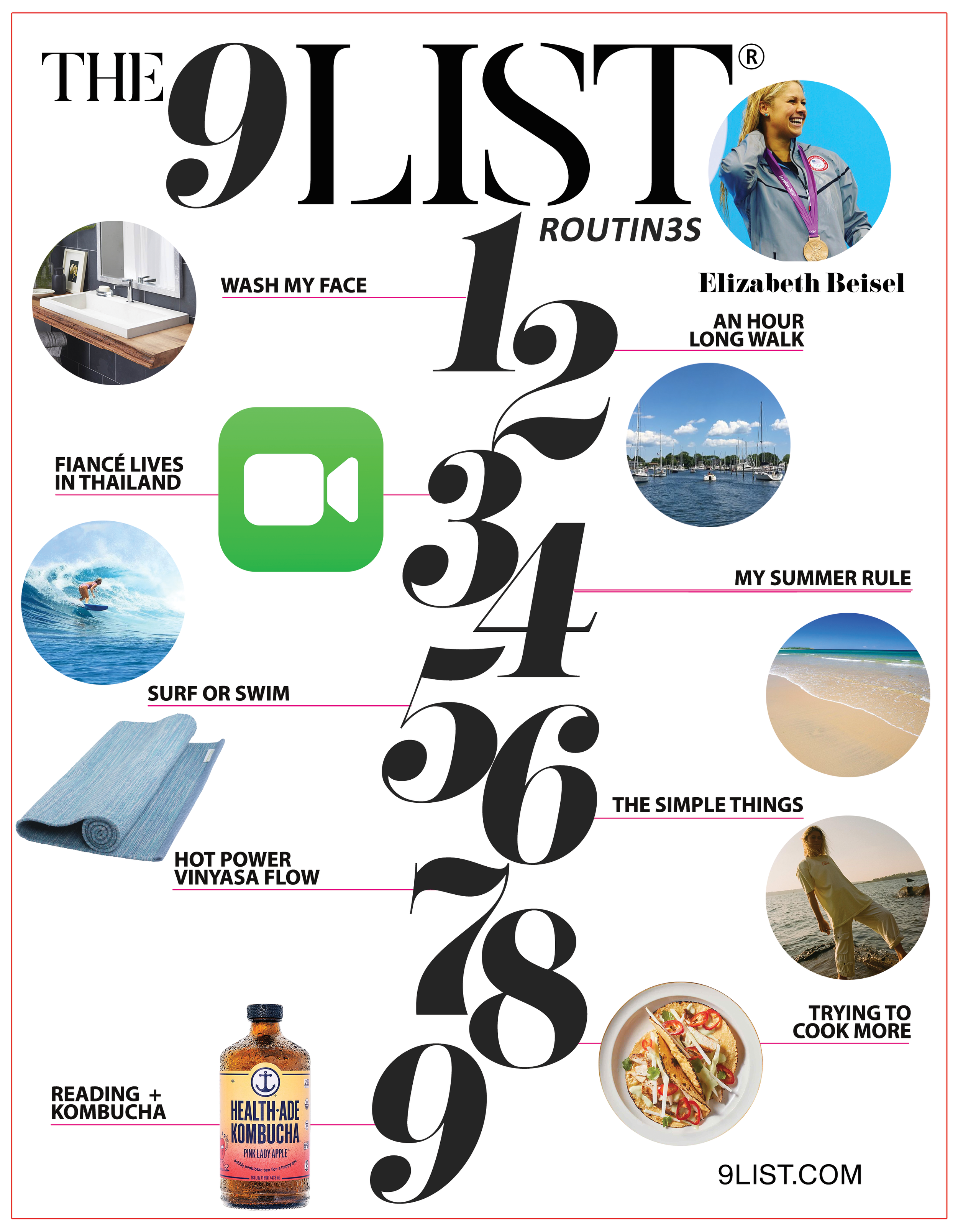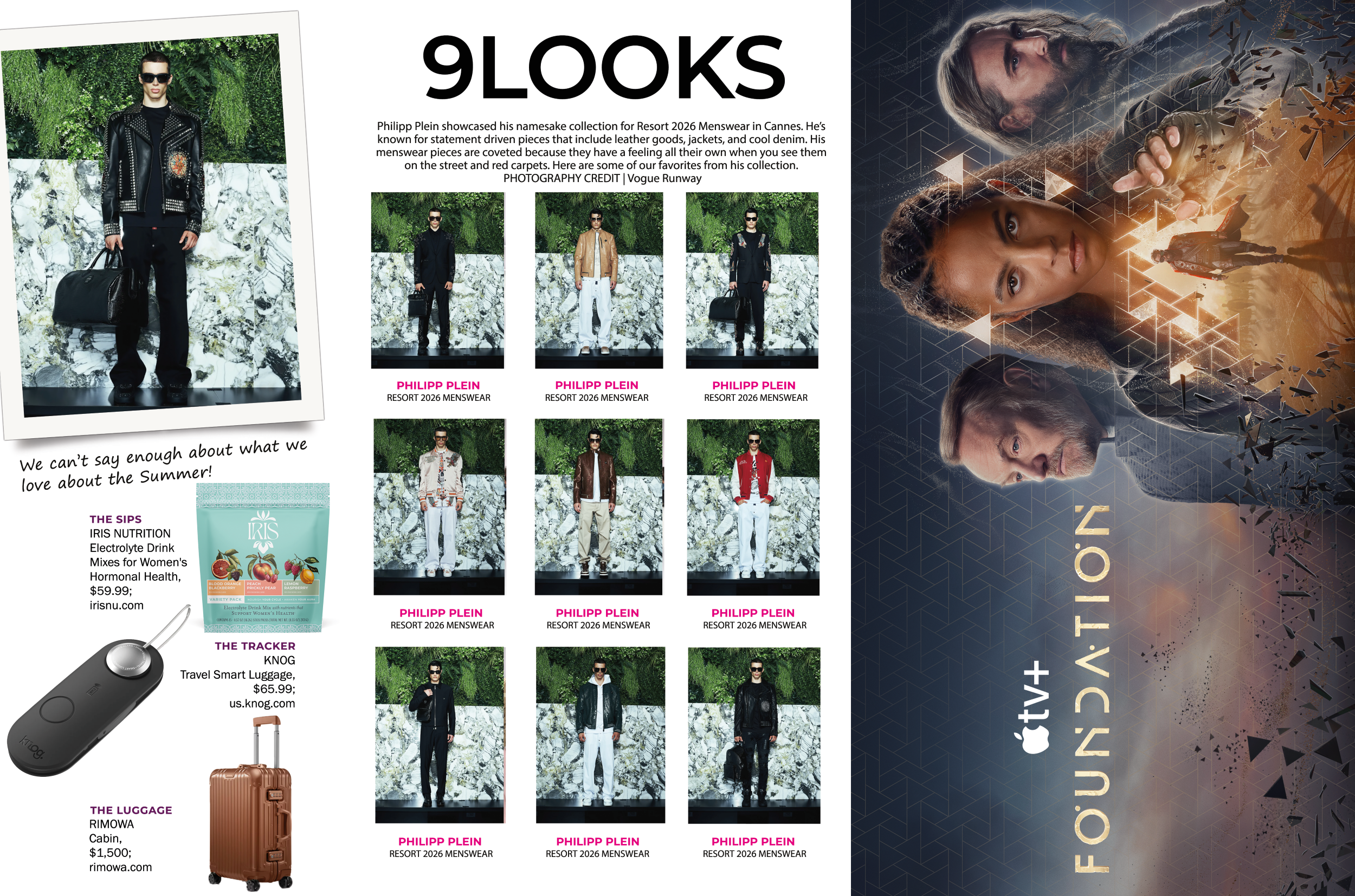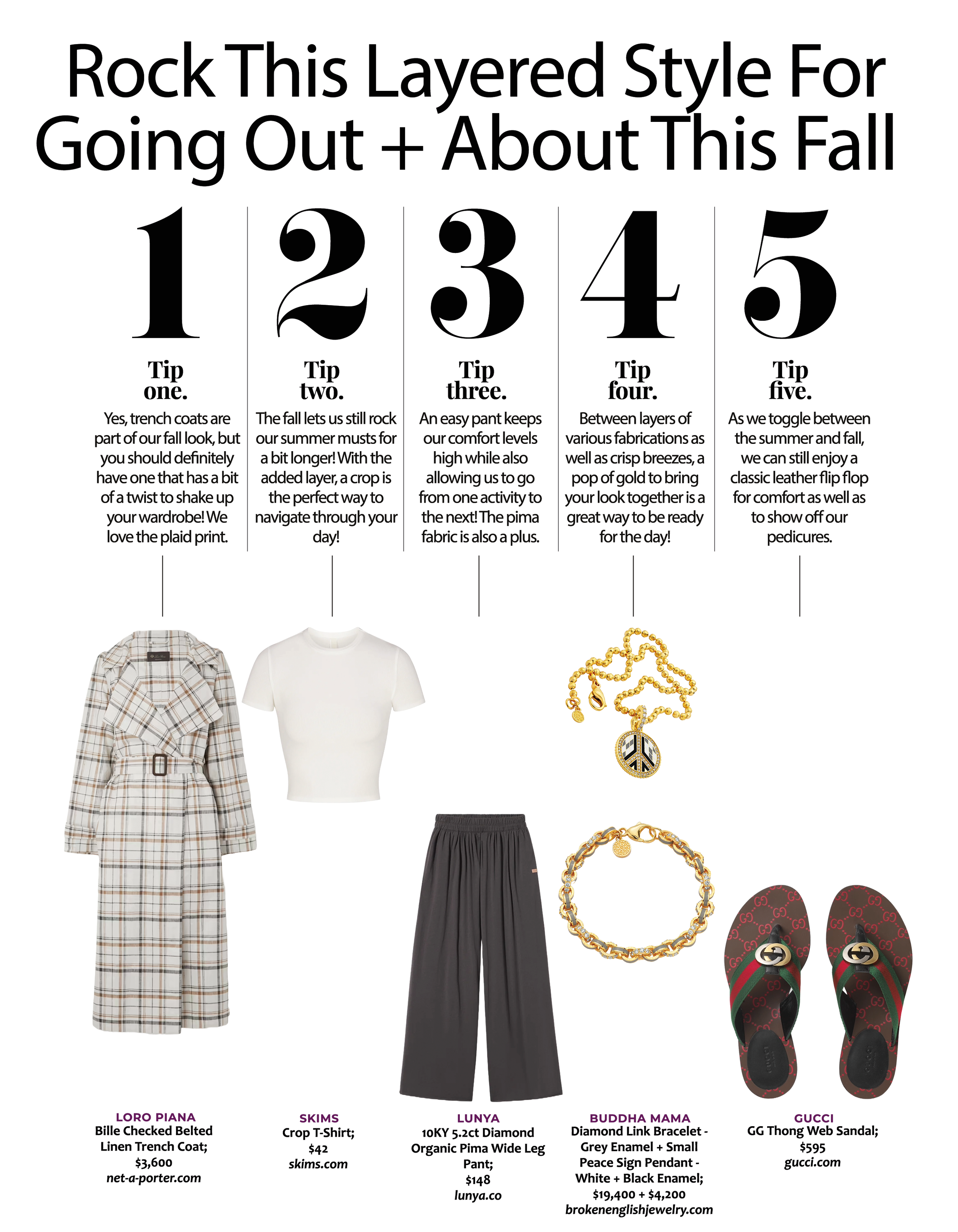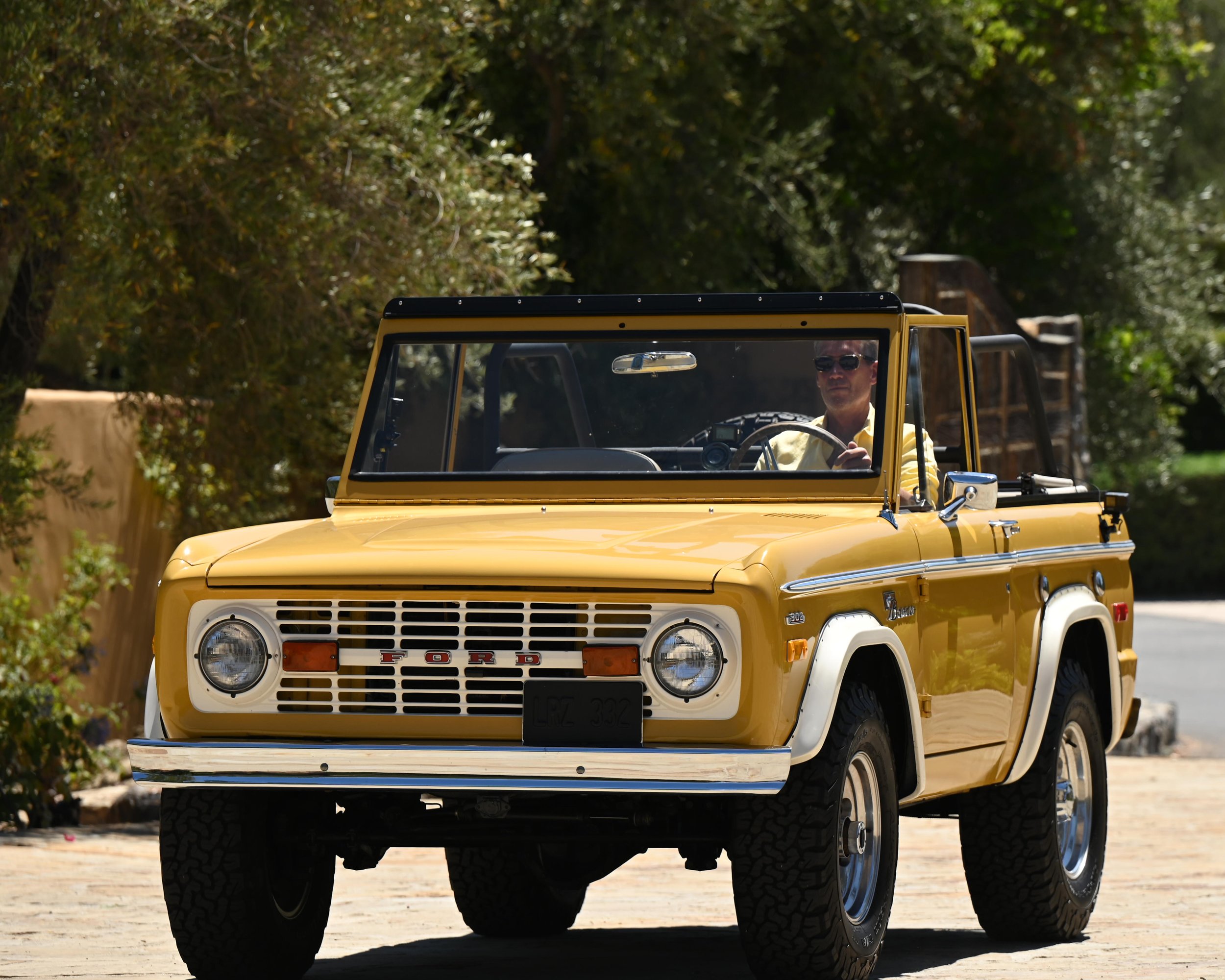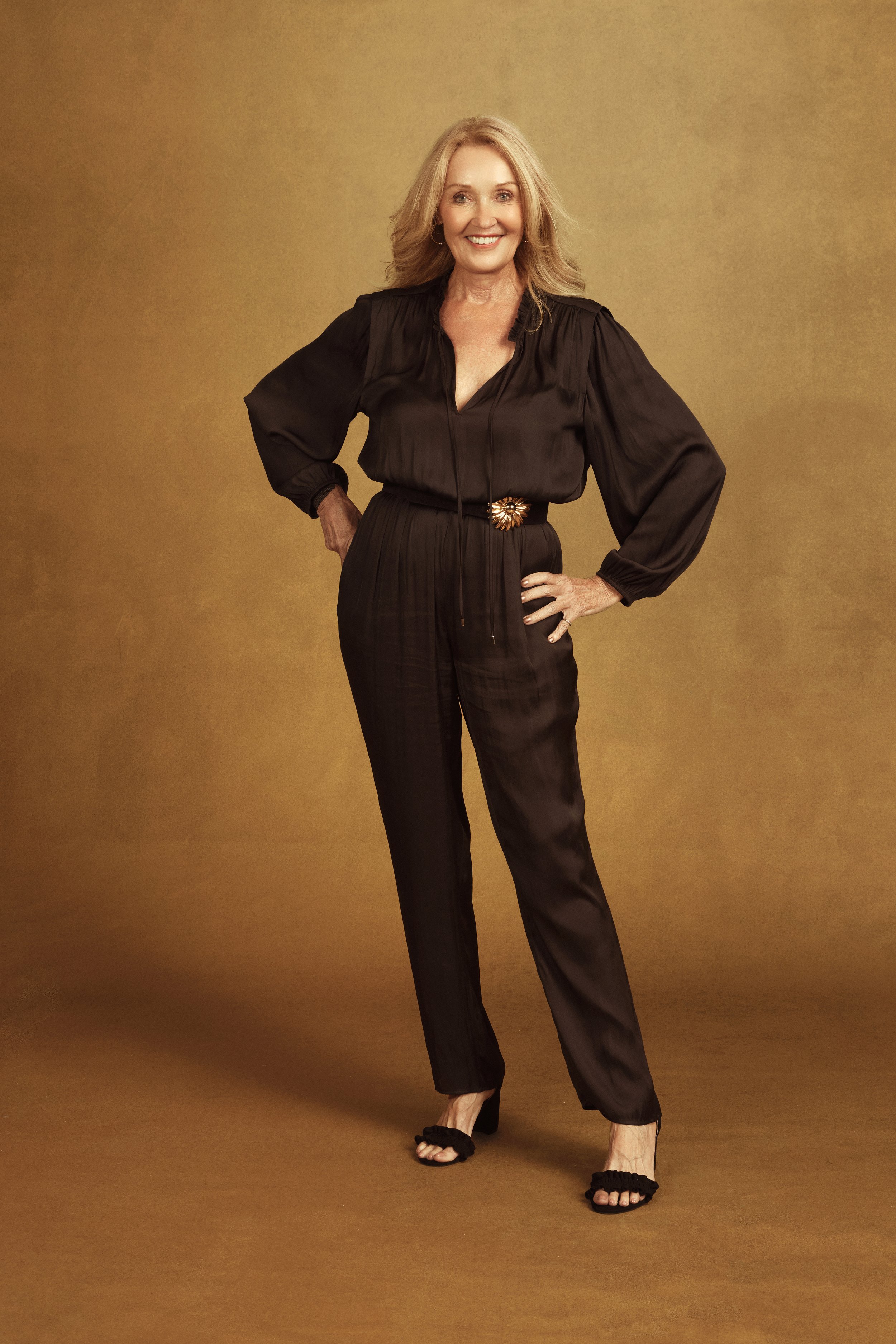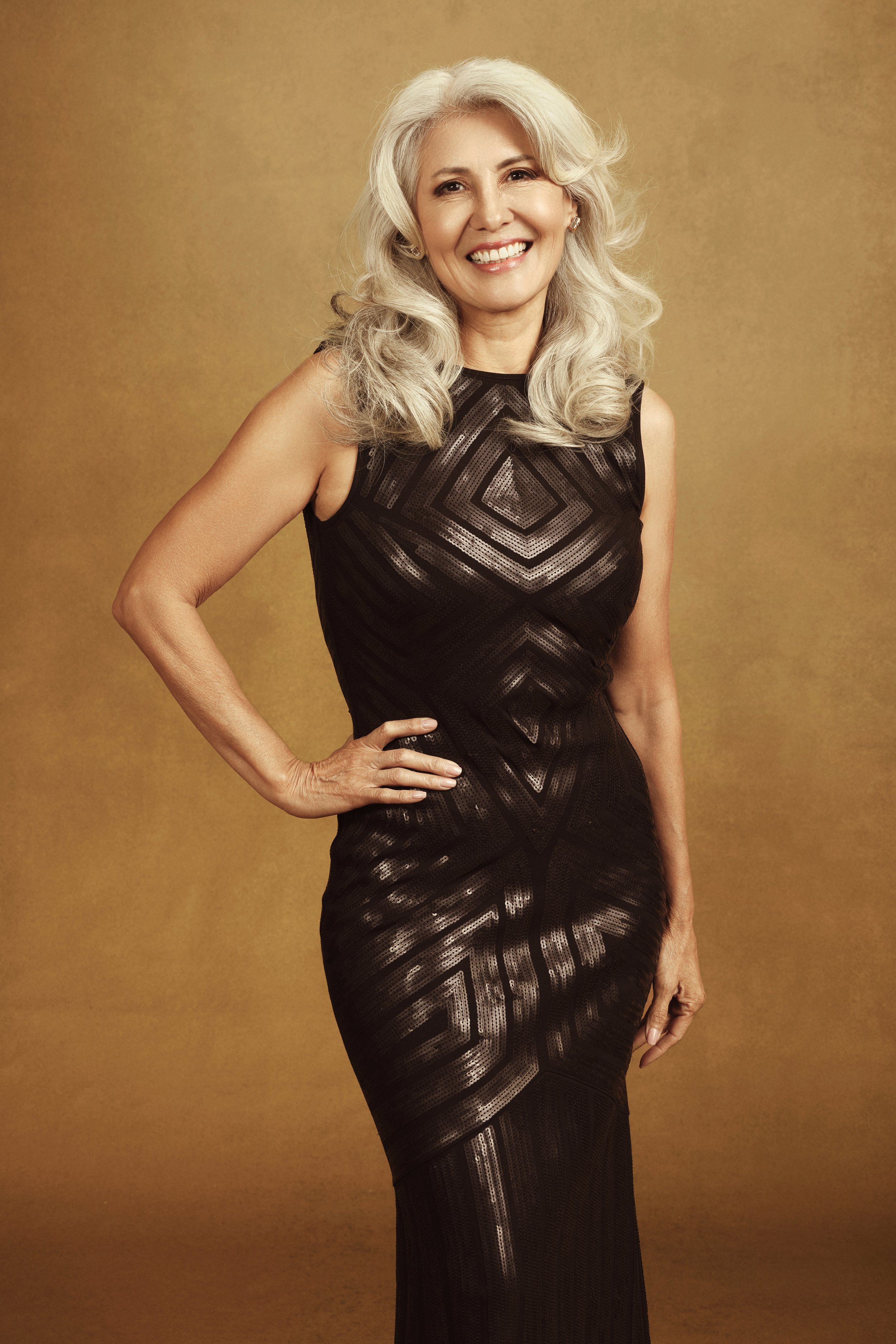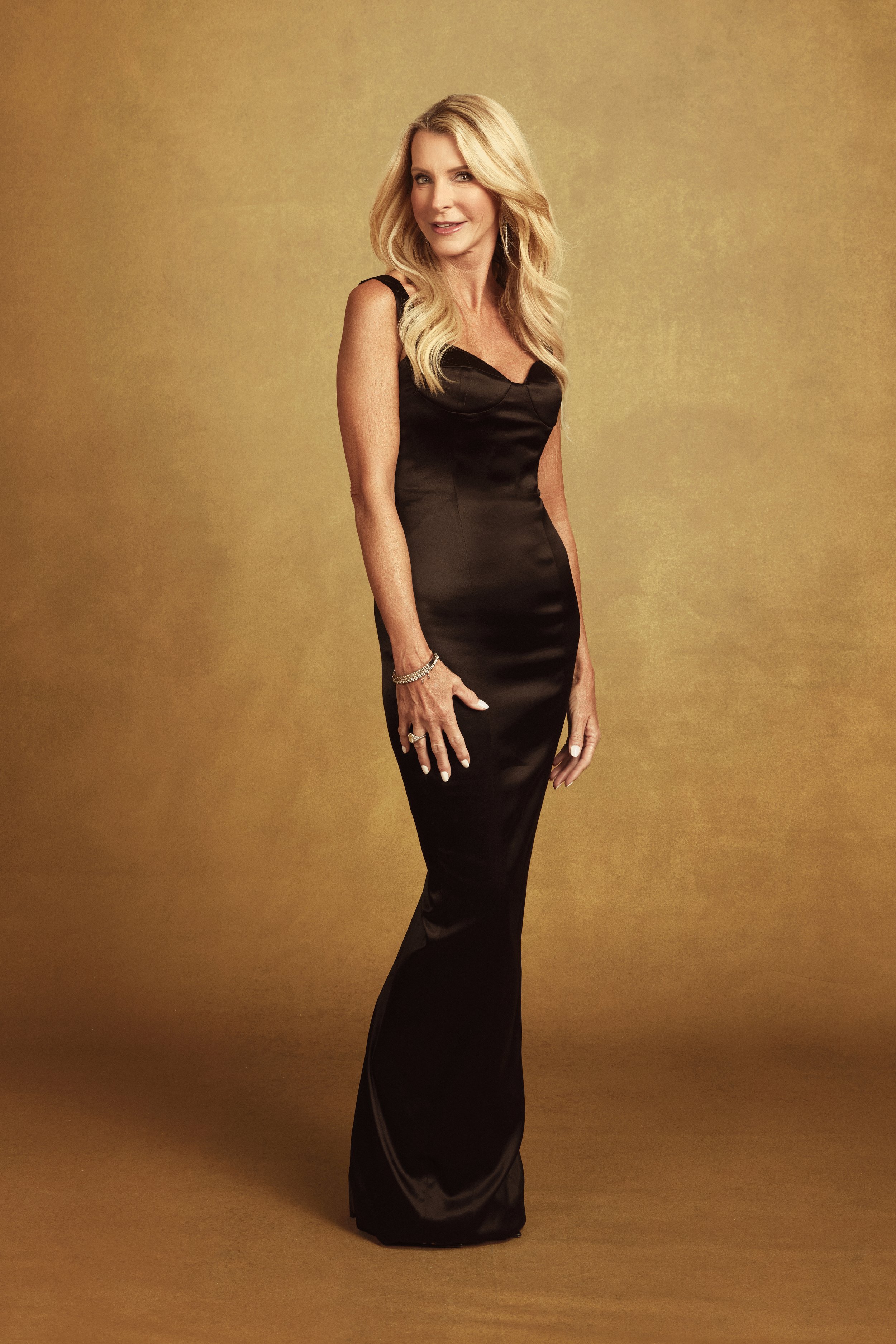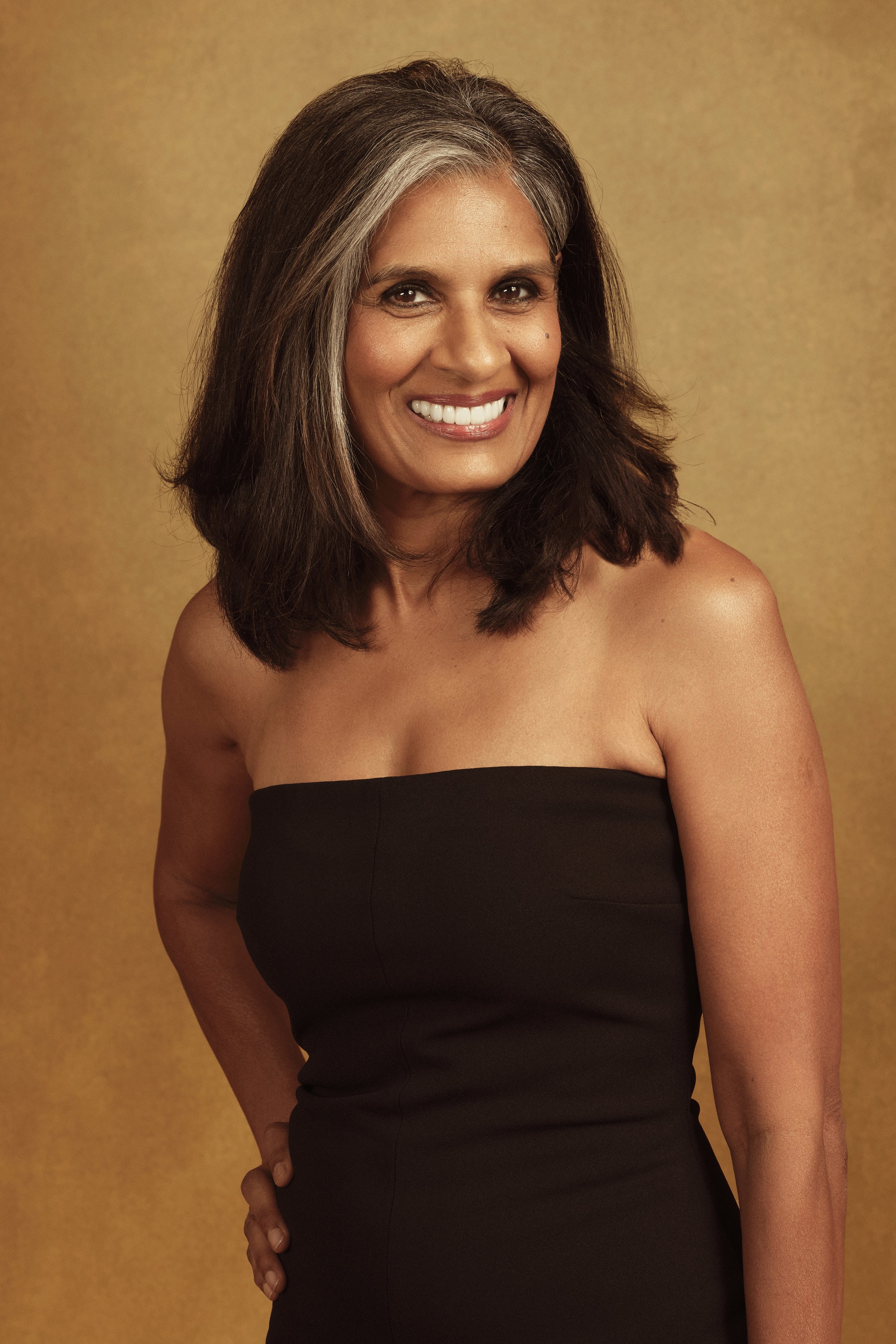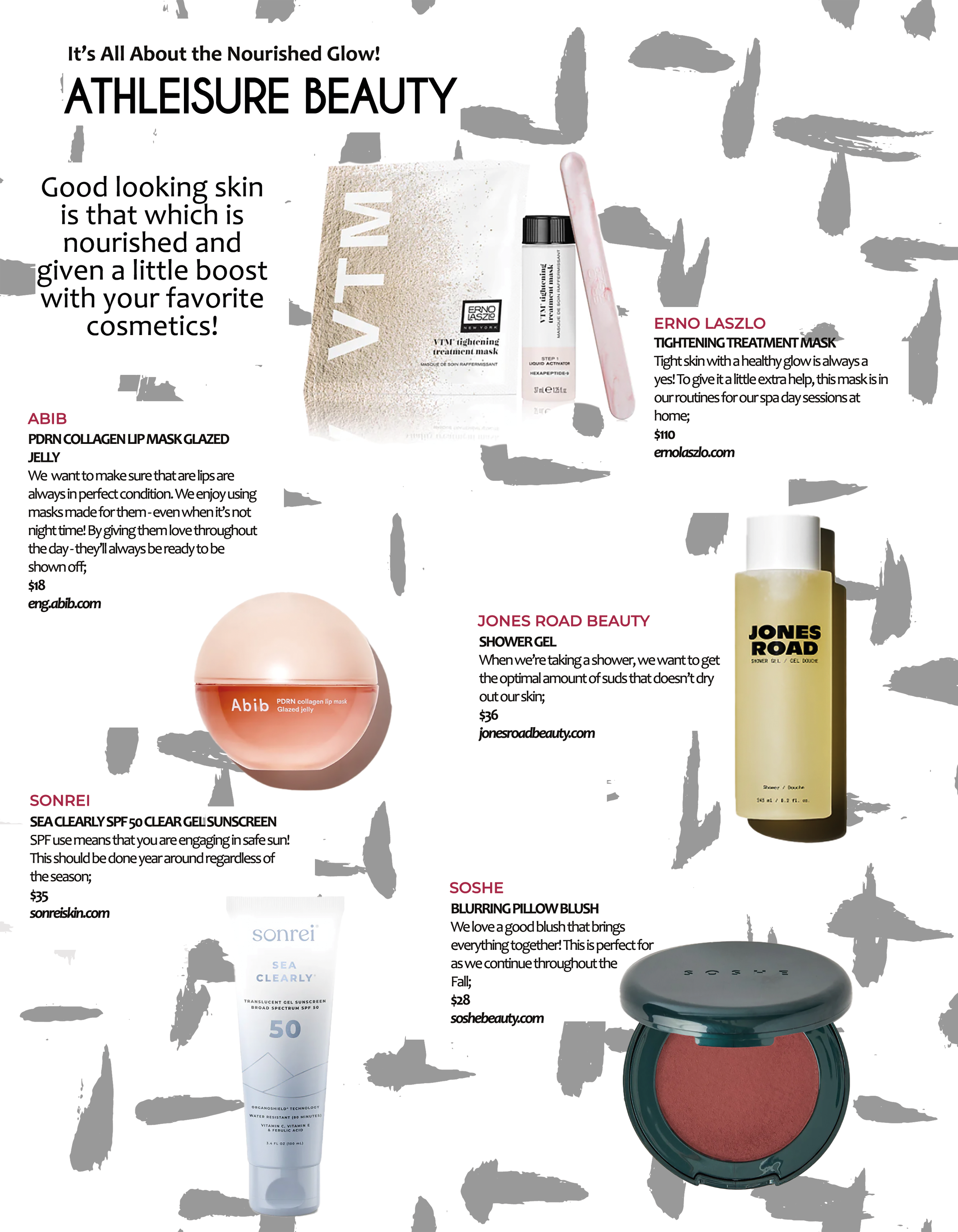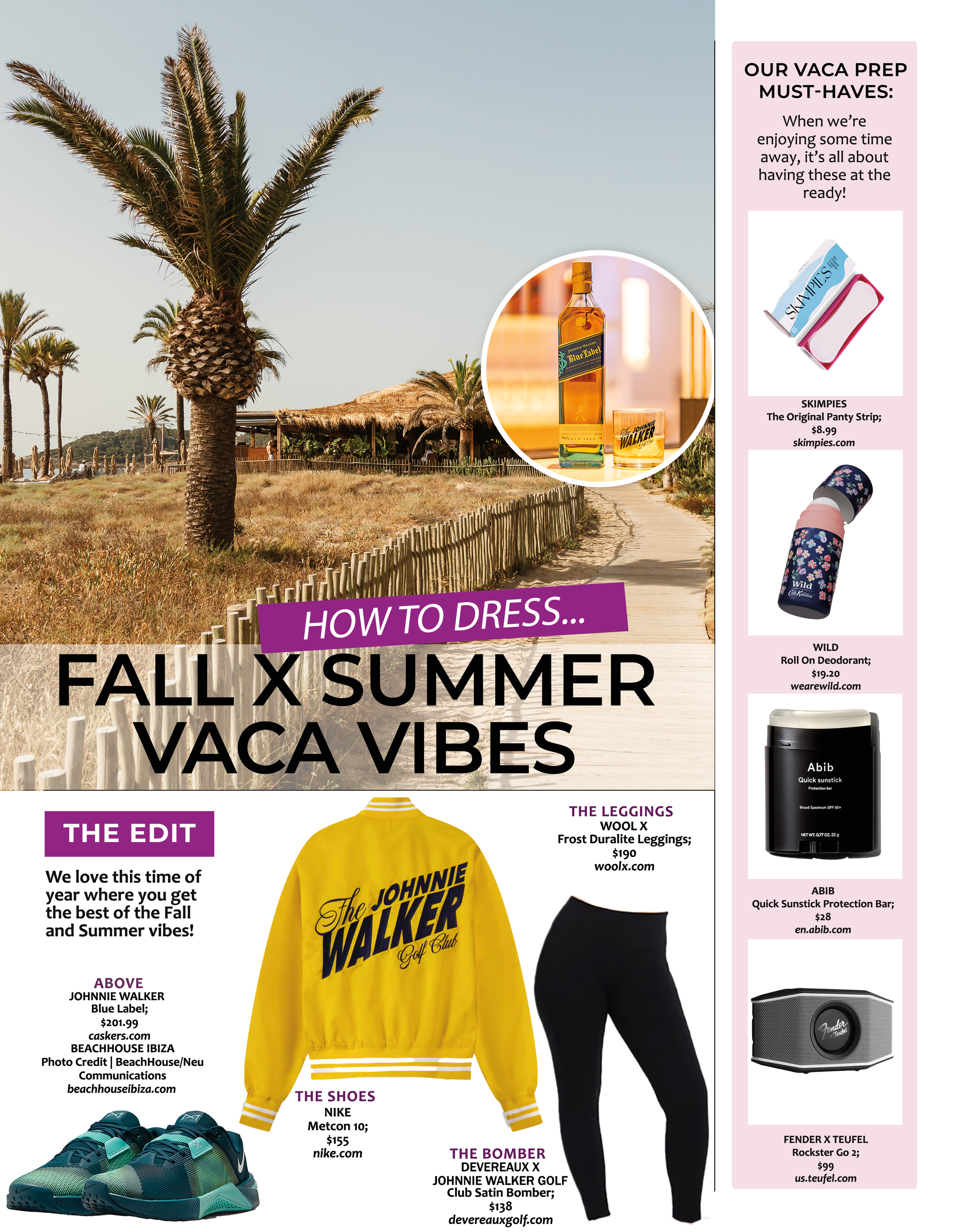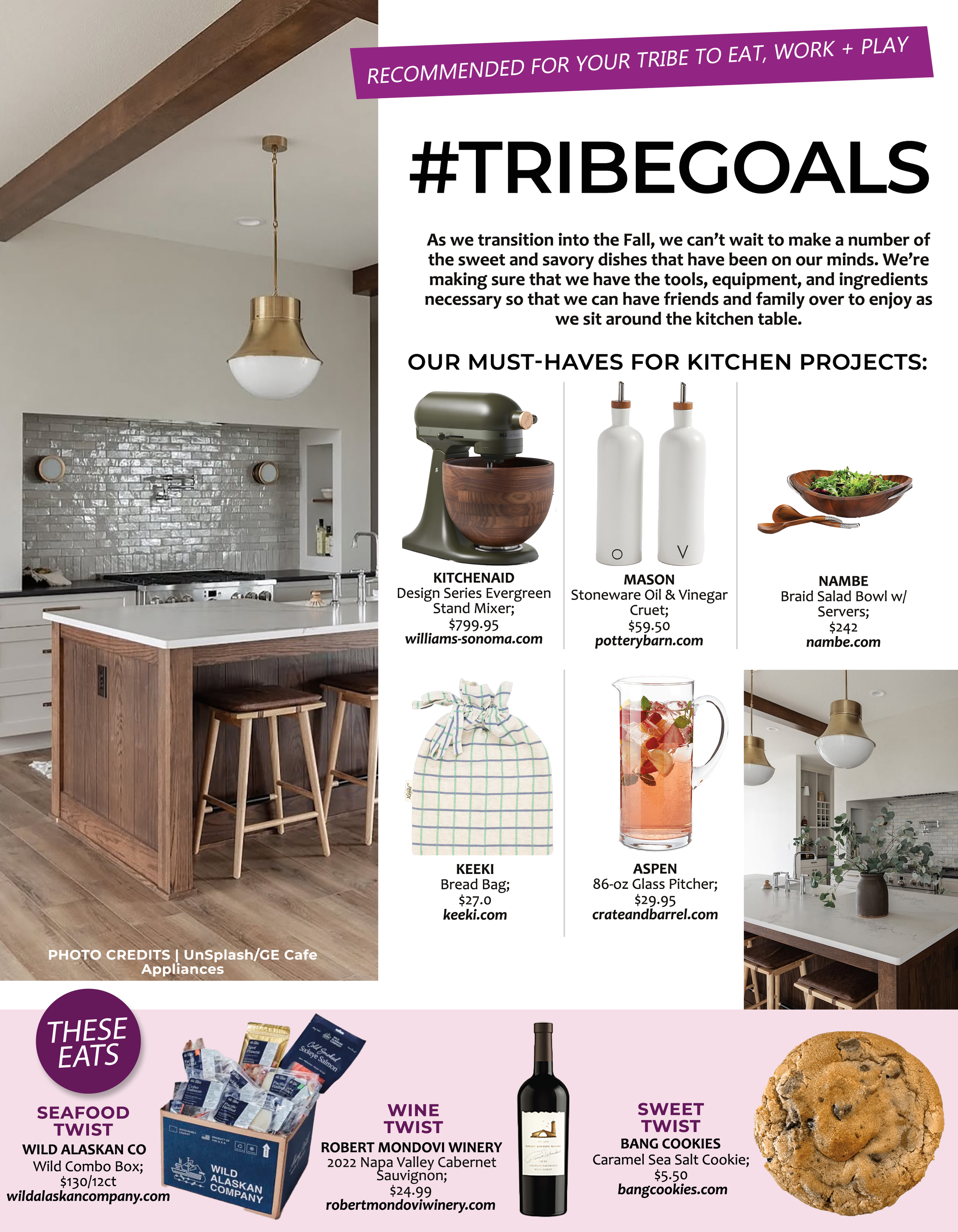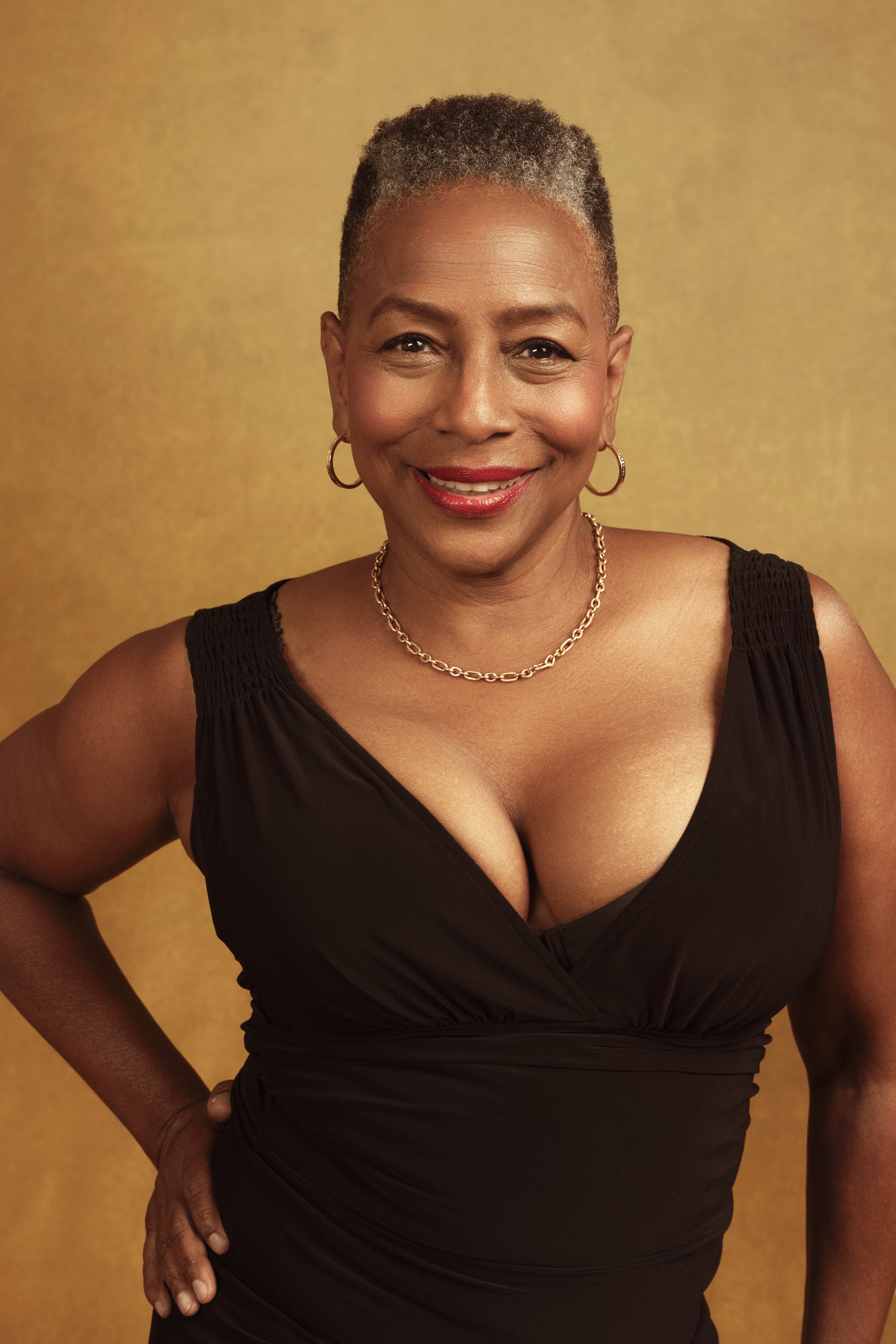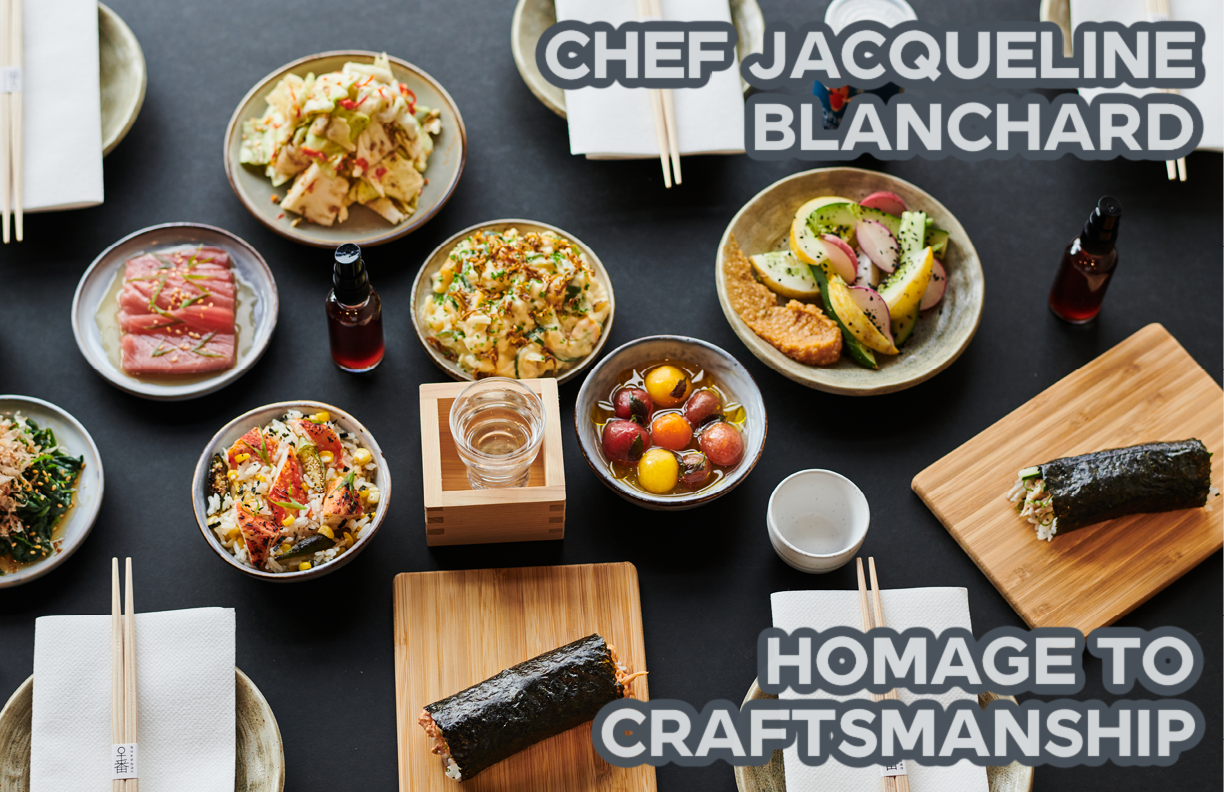AM: Can definitely imagine as you were moving to so many places!
CHEF JB: Yeah, I was traveling a lot and I was around 30/31 at that time and decided that I would move back home so that I could open Coutelier NOLA which is the knife shop and it gave me kind of a break from the grueling kitchens that I had been in all of those years. I still had my finger on the pulse of what the industry needed and places around that had all of these amazing tools and accessories that we had only been able to access online and you never know what you’re really getting a lot of times. Those were the earlier days of ecommerce. I wanted something kind of tangible where you could go and hold a knife. I had been exposed to these amazing Japanese knife makers throughout my career and with people that I worked with and that was great exposure. So it made me understand why Japanese knives are something that we prefer and it’s the Japanese craftsmanship. It’s the handmade nature of them, it’s the diligence to craft that the Japanese have that is basically unparalleled – whether it’s flower arranging, sushi, ceramics, whether it’s knife making. Everything that they do is with the utmost focus and diligence. It really makes their product stand out. So, I think that that was something I really liked and the relationships for me were important and diving as deep as I could into Japanese culture and really respecting the culture and just absolutely giving in the attention to detail that it deserved as well as the reverence. It's such a deep ocean of history! It’s hard for a foreigner – even as deep as I am into it now, you still feel that you are always going to be an outsider kind of thing.
The relationship that evolved out of this that has grown and the networks are really incredible because that’s how it works. That’s just such an important part of the business relationship to them. That’s why I travel there a lot. I really do everything that I can to dive deep in heavily at first into it as I possibly can. You know, along that wave, my food preferences definitely shifted and what I wanted in a restaurant started to shift. I had this idea that I wanted for so long and that completely morphed into what I hadn’t expected, and I decided that I really wanted to open Sukeban which is temaki based you know, doing 1 or 2 things really well like sashimi and temaki. It’s definitely something that everyone thought that it would be a high end tasting restaurant, but it’s certainly a little more casual than that. I’ve been able to bring all of my experience and my focus in that from a Michelin level to the food which makes it stand apart a little bit more in this town. It certainly isn’t the kind of sushi that most people are used to, but that all kind of evolved from the Japanese relationships. The nori, the seaweed that we get, I have a very close relationship with a seaweed farmer in the Southern part of Kyushu in the Ariaki Sea and you know we’re the 3rd restaurant in the US to get their seaweed as a non-Japanese person for our restaurant. We couldn’t get that kind of access to those products without those relationships unless I was going out there and doing those meetings with people. That’s why it is so important to have this access because of the relationships. It’s amazing ingredients from these small producers that do 1 thing really well their entire life. Like, that focus, they have been doing this for generations.
I have a knife maker down in that area that actually helped me link up with this seaweed farmer and they have been around since the 1200’s and their story and their history is just insane. It’s hard for us to wrap our heads around that, especially Americans being so young as a country. It’s just the kind of stuff that blows your mind! The soy sauce makers, the brewers, the sake producers, the people that make miso - every time I go out there, I’m doing a workshop with somebody. I’m making miso, I’m learning how to brew, learning soy sauce. Not that I am doing it over here, but I’m learning that process, and I’m really happy to be able to explain that process to customers and my staff which I think is really important in the long run.
AM: The first time that I went to Japan a few years ago, I was struck exactly by what you just said. I would see modern buildings and then nearby, I’d see a building or structure that had been around so many centuries ago. You’re really struck by how we’re little babies compared to all this history!
CHEF JB: Yeah, it’s so silly!
AM: It is! It makes you think that when we’re here in the US, it’s only been x amount of years.
CHEF JB: Oh yeah, it’s just a blip.
AM: I love the fact that you have really immersed yourself into this and bringing that heritage so that people can have an opportunity to see it. When I think of Blacksmiths, I think of Paul Revere types.
CHEF JB: Yeah!
AM: What are the Blacksmiths of Japan – how are they different, are they using different techniques?
CHEF JB: Yeah I mean, there are different techniques that you see in different parts of Japan and that’s one of the biggest things that I have noticed. Because certain areas have older traditional methods that have been passed down. Certain areas do it one way while others may do it in another way. They all sort of source their steel from 2 similar companies. So steel a lot of times is the baseline and the common denominator, but the forging technique is certainly the difference. It’s like giving 5 different chefs a tomato and then to tell them to make something with it, you’re going to get 5 different products. So it’s the same kind of thing in knife making: heat treating, approach – everyone is an expert in there area. There’s a guy that forges the blade out. There’s a guy that grinds the blade down to its shape, there's someone who sharpens it, there's someone who puts a handle on it, and it's definitely more of an efficient process.
These guys are doing it on their own from start to finish. People ask here in America why knives are so expensive and it’s because they are importing Japanese steel. In Japan, the process is more efficient. You get more production level out of it even though it’s still very handmade and piece by piece.
We ended up in this town a few years ago that was our last trip before COVID. We met a sword maker who was part of this area that is very historically relevant in katana sword making for the shogunate during the time when feudal lords were running the country. This area was very prolific in sword making for that kind of stuff. So, because the river itself had a lot of iron sand in it, they would extract it, melt it down, and then make a steel called tamahagane and that tamahagane steel is very dense and very heavy. It almost feels like a meteorite when you hold it. That was the steel that was originally used, I mean Japan doesn’t have a lot of resources when it comes to steel. So that’s how they made it, they extracted it from the river. There’s a guy there that we met who is making his own tamahagane steel in the old way and you don’t see that any more. You can’t really even buy that steel.
You can in a very sort of limited allotment be part of a family heritage to get it. The fact that this guy is doing that and we were able to watch him and we had dinner with him, he was an unassuming guy who we met when we were going to our knife makers and they let us know about this sword maker who was going to hang out with us. From him randomly joining us, it ended up being a huge highlight of our trip. He only makes a certain amount of chefs knife’s a year, and now we have access to those. That’s where that stuff is born out of. He trusts us and we have a mutual relationship with one another. We have been buying knives from him. It will be the first time that I have seen him from that drip before COVID. So that will be really Exciting! His method of forging is so different than anyone else’s and it’s really hard to describe because he’s a sword maker and that’s the method that he was taught. It wasn’t necessarily meant for culinary style knives in the tradition of sword making. That’s how it was so interesting to see him forged.
These knives are incredibly well made which makes them pricey. People get disgruntled about the price points of some of these. They wonder why the knives that they see in their IG ads are $14.99 and these are $40. We have to create an incentive for this next generation to keep making knives. These knives makers weren’t really making a good living and they weren't charging enough for what they were doing. So we’ve come into this new era where we’re telling them that they have to charge more if they want to make a living as well as to encourage the next generation to be able to keep making knives. A lot of these guys are very old and their sons, because of the time frame when the Japanese economy was booming because of cars, electronics, and plastics – post war WWII, there wasn’t a market for culinary knives from Japan. It just wasn’t a market. Everyone was buying German steel and French knives. That was in the 70’s/80’s/90’s – it wasn’t until the last 20 years where people began paying attention to Japanese cutlery in a lot of ways. It’s not to say that they weren’t making these, they definitely were and there was a market for it in their own country, but they were not exporting. So, a lot of their sons, because there was no – I mean many of these families for 8 generations had these makers, but their son decides to go to off to Tokyo or Osaka to get a salary job because that’s where the money was and that’s where the market and the economy were shifting. So there’s this lost generation right now where the grandfather’s or just that much older and they don’t have the patience to teach. At this point, they should have been with them for their whole life to learn the trade. You’ve got this new group of people who are the younger generation in our age group that are in their 30’s/40’s where this group is trying to revive it and to continue it on.
Some of these guys die and it dies with them. We want this to continue on and we want for people to understand that that’s part of the deal and that they’re handmade, imported, there is a level of craftsmanship that is unparallel, and you have to support a reason for this industry to continue. If they’re not going to be able to make a living, then why will they continue? So that's the kind of shift that we have been noticing too. A lot of times, it takes us to be able to say, you should be charging more for these. I don’t mind paying more for them because I know that I will be able to get it on our side on the retail end and at the same time, we need to make sure that they are supported and continue on. We don’t want to lose this craft.





